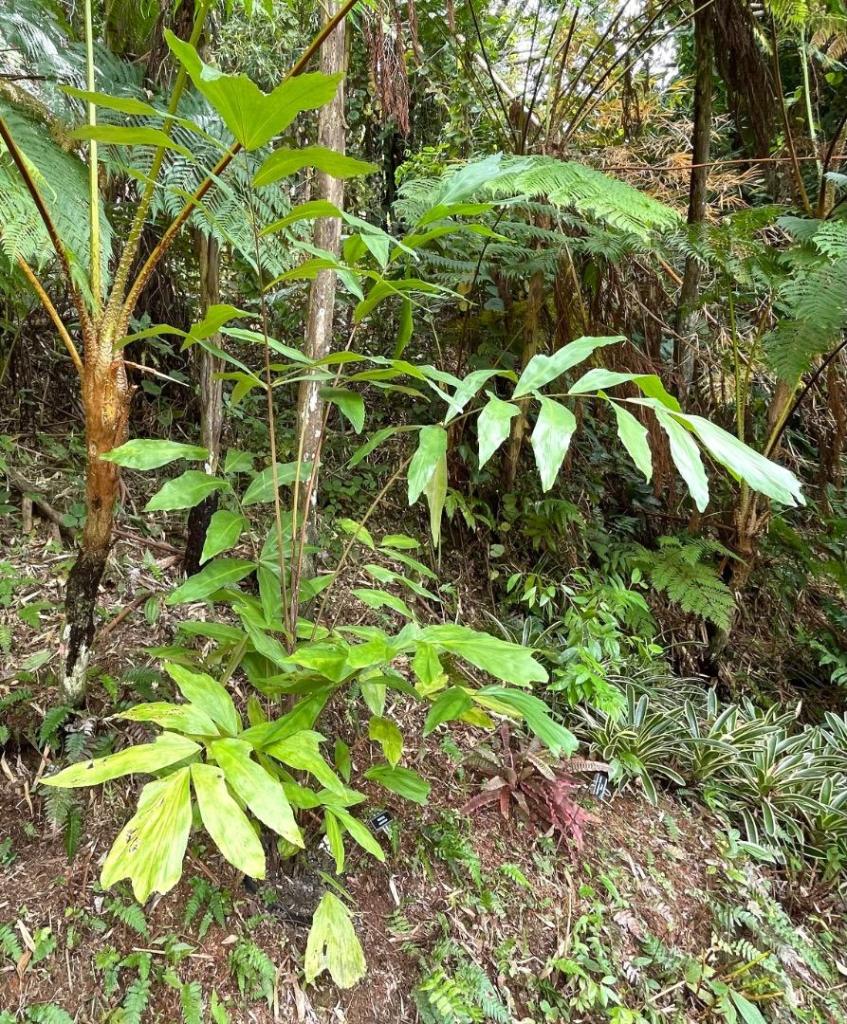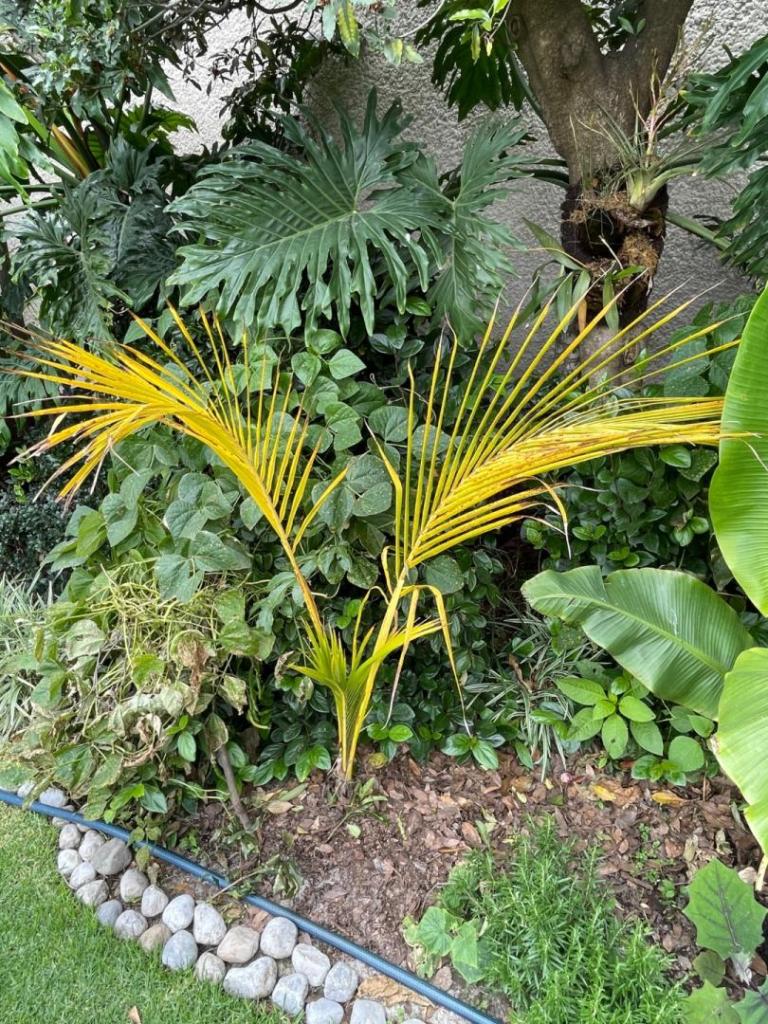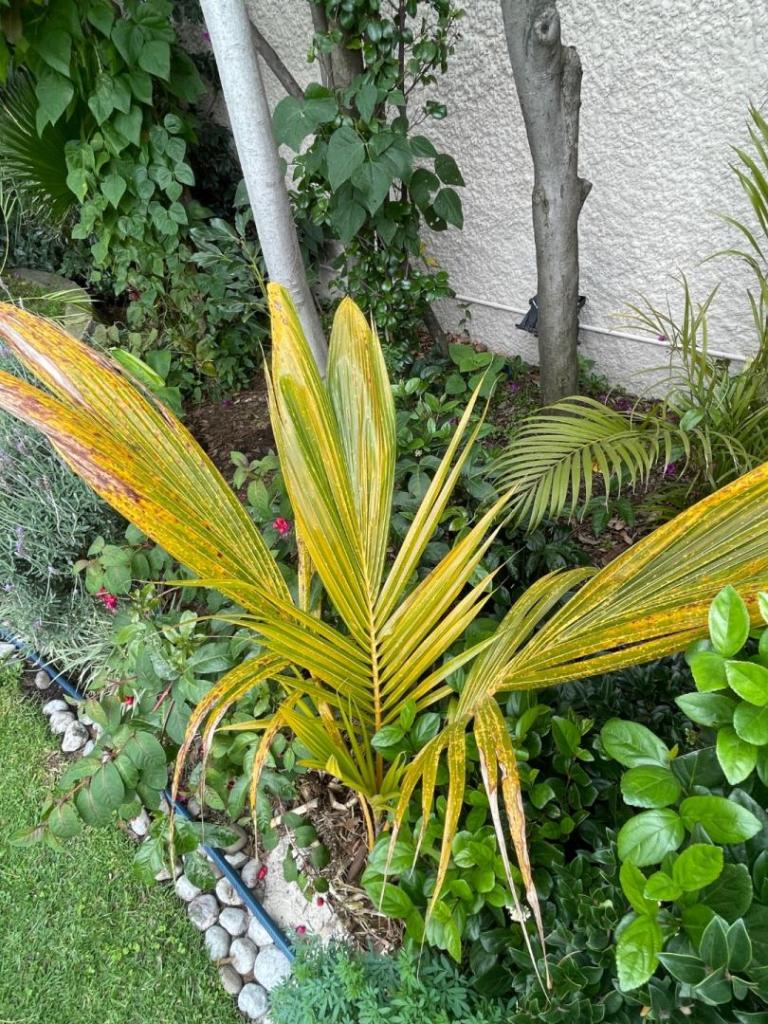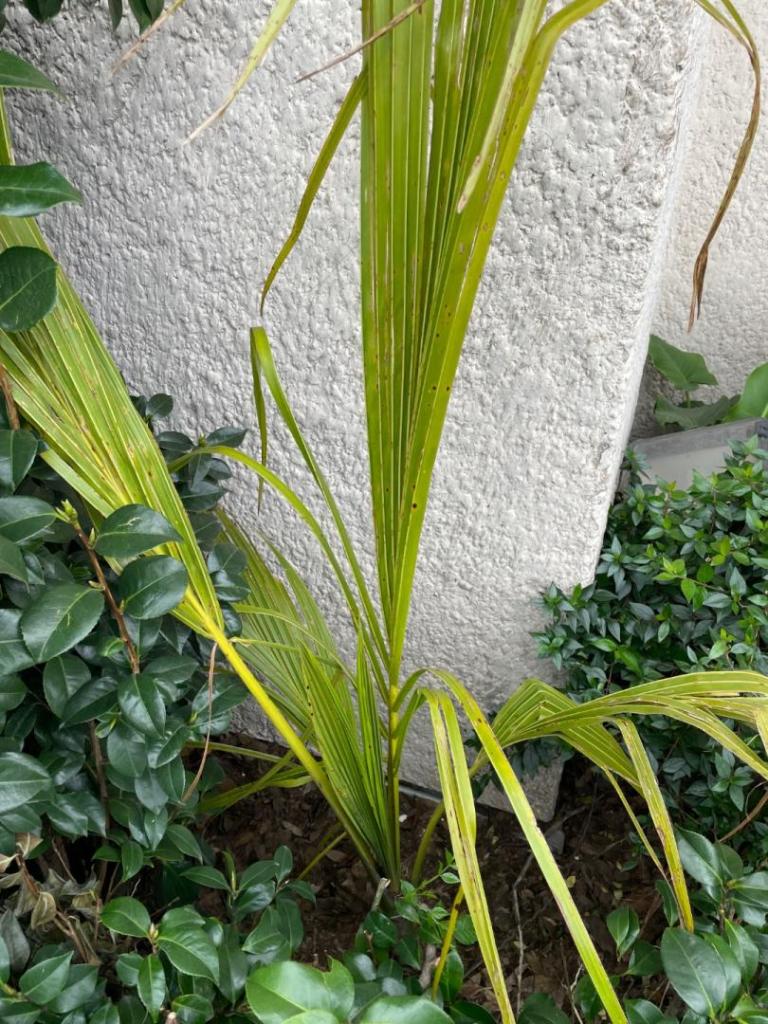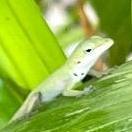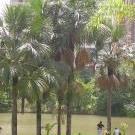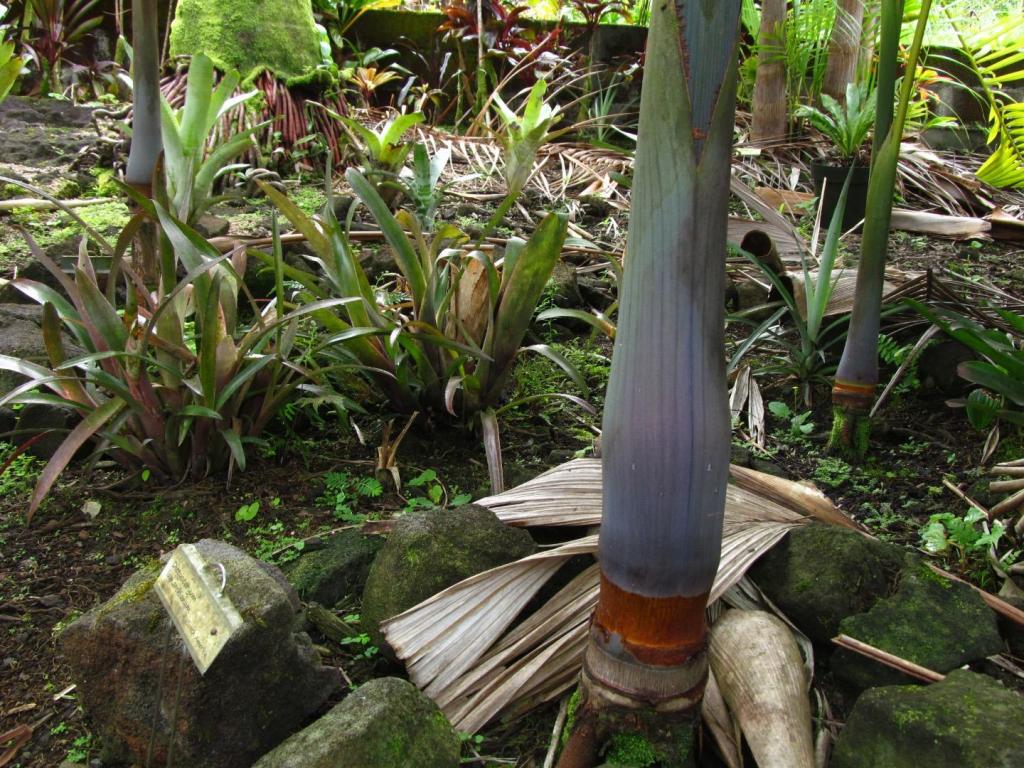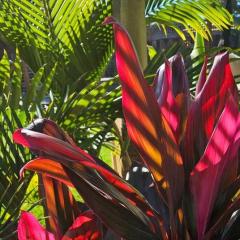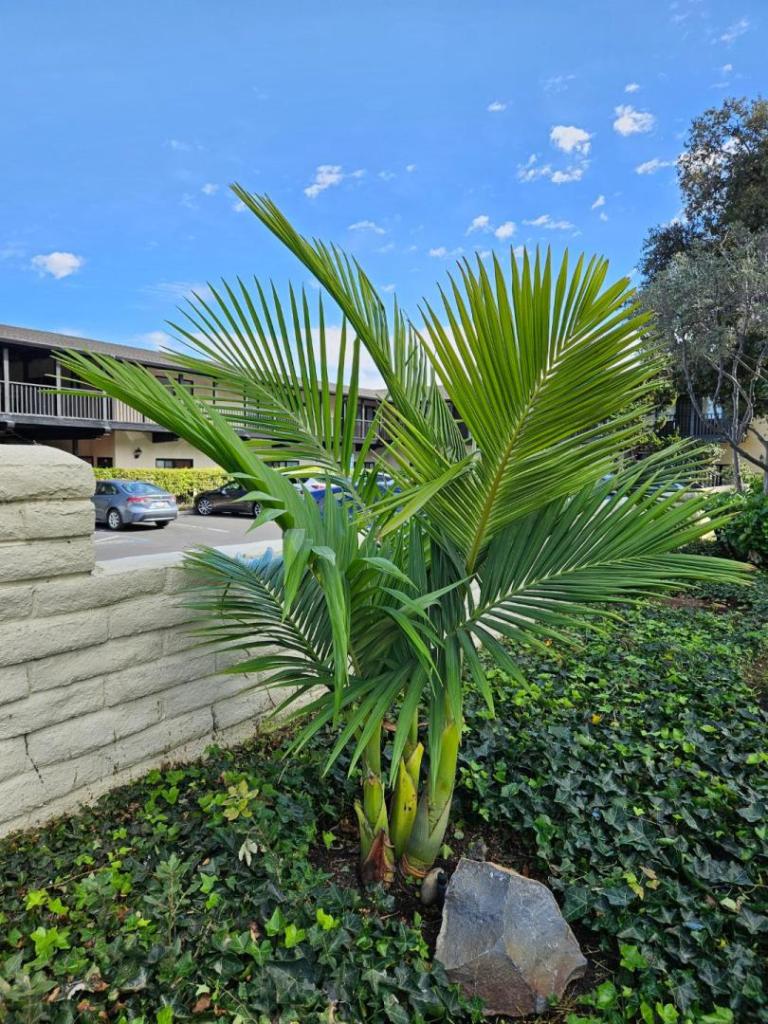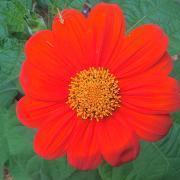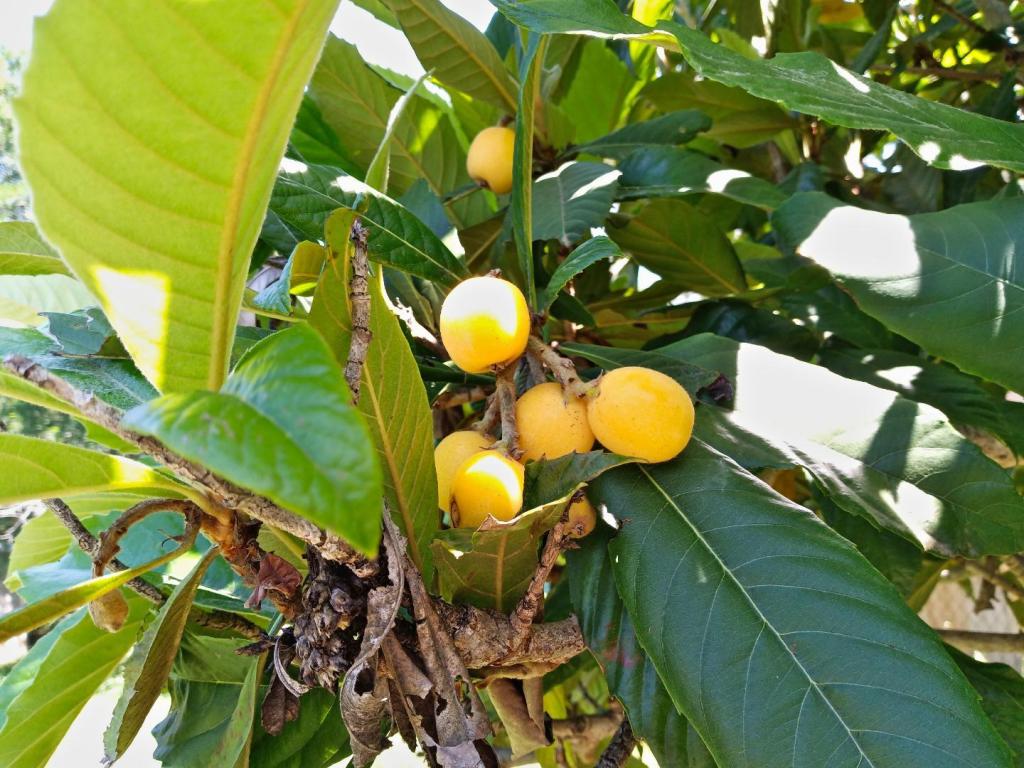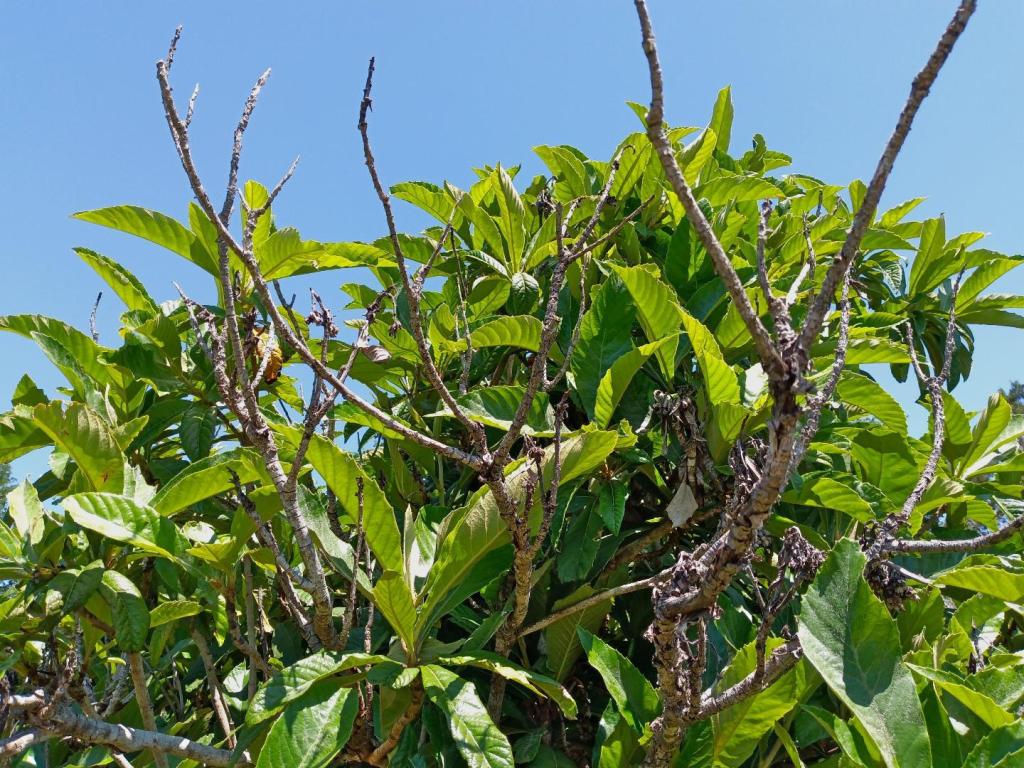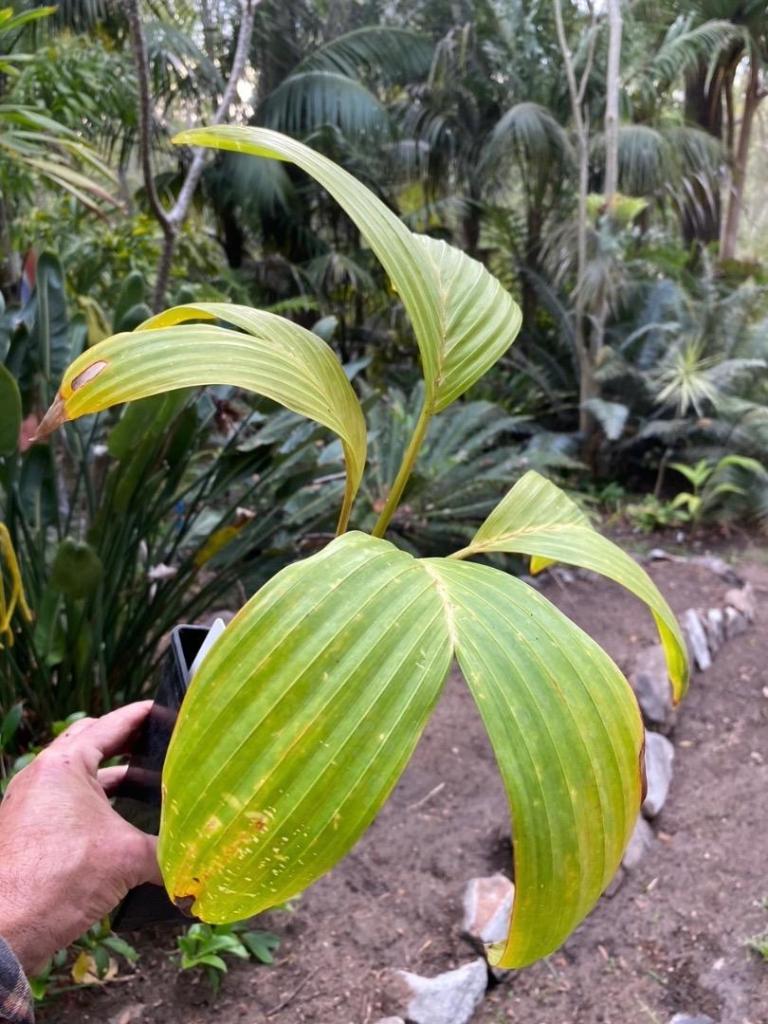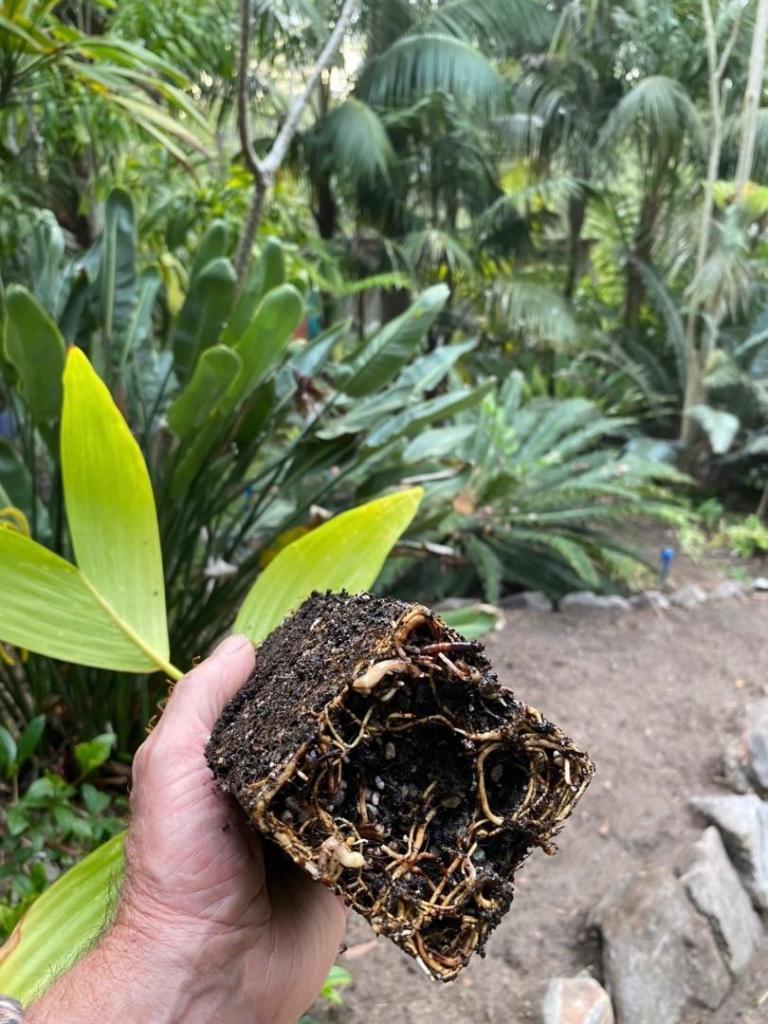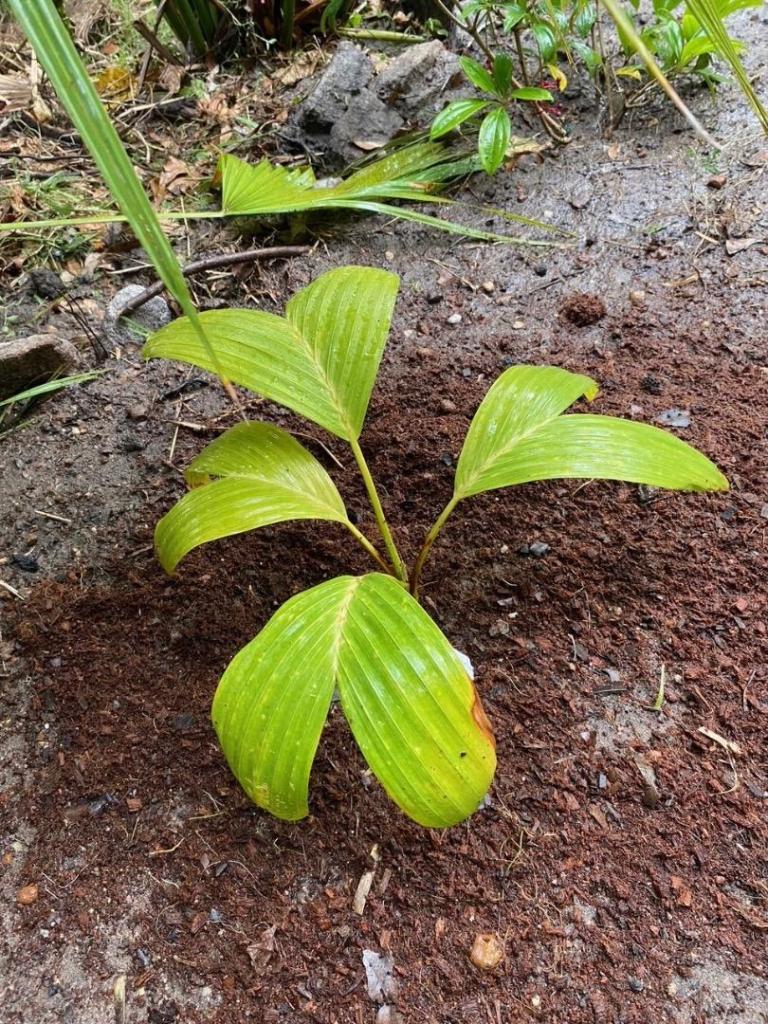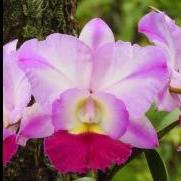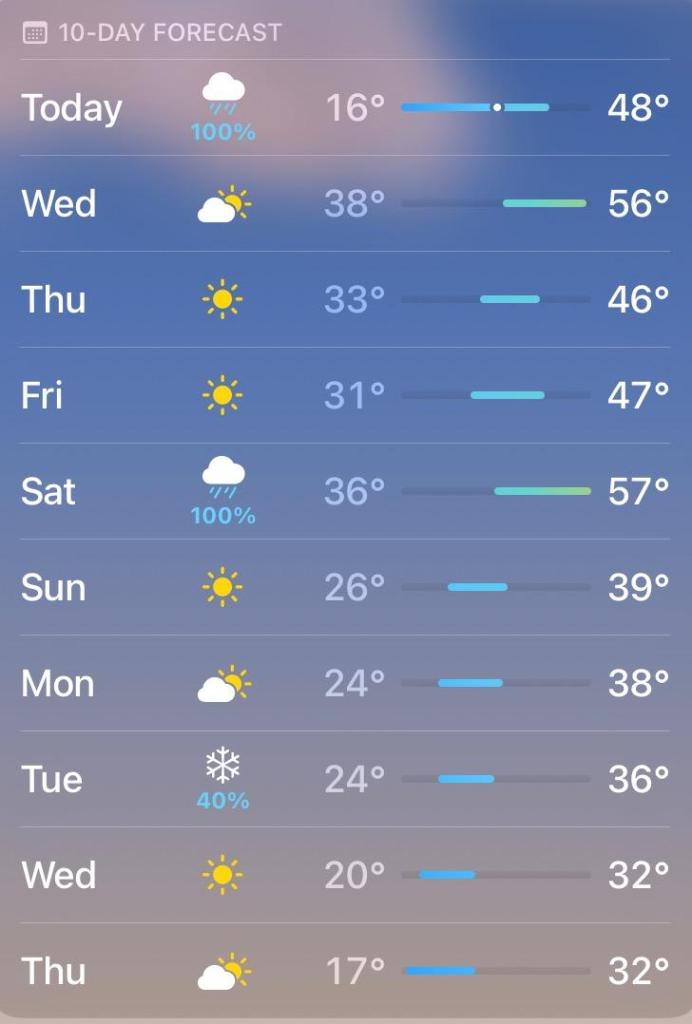Leaderboard
Popular Content
Showing content with the highest reputation on 10/28/2024 in all areas
-
Back from a trip to Argentina, filmed this drone video of Trithrinax campestris habitat in Pampa de Pocho, Cordoba, Argentina. Enjoy!9 points
-
7 points
-
7 points
-
5 points
-
5 points
-
4 points
-
4 points
-
4 points
-
First of all, I want to preface this thread by saying that I don't know 100% that these people are scammers, but my suspicions have been raised enough to make me post... I started a thread last week asking for Cycas revoluta x debaoensis seeds. A Palmtalk user who has no post history sent me a message saying they had received these seeds from @MattyB and gave me an email address to contact him on. I sent an email and had some slightly strange interactions with someone called Pete who, at first, wasn't forthcoming with information about where they had sourced the seed from. I suppose in my desire to source these seeds I was willing to look past this, and I proceeded to ask for Paypal payment details. They provided them and asked me to do it as a 'Friends and Family' payment, meaning I wouldn't be covered in the case of fraud. They then gave me the email address to use for Paypal and this was yet another name. Thankfully, at this point I had the sense not to proceed, but I was very close. I could be wrong, but just a few things here don't seem to add up and I'm concerned that I might not be the only person this has happened to. And just to reiterate, I don't believe MattyB is involved in this at all... I think scammers may have just selected a popular user to add an air of authenticity to the whole thing. So be careful, everyone! Oh and if anyone knows of a genuine source of C. revoluta x debaoensis then I'm still searching 😂3 points
-
3 points
-
My hookeri is flowering again I have several large ones in the garden. Planted over 23 years ago they stand proud with the other palms being garden sentimentals. No seeds have been set yet but two are flowering again so maybe this season a couple of seeds if iam lucky. With a few around the garden there’s never a dull moment with a red leaf appearing amongst the green jungle always making a statement.3 points
-
3 points
-
October 27, 2024 update It has been pretty warm lately, but I’m starting to only water them once a day now as the days get shorter and nights cooler. Most night lows are around 58-62f now. A palmtalk member helped me ID the coconut types for anyone wondering. The first coconut in the corner directly below is most likely a Niu Hiwa mix and all the rest are a Maypan mixes. Here is this one, it gets sun all day but only on the tops leaves and the soil doesn’t get any sun. I think it is established enough to not care. (1.25 years old) These 2 started to pinnate, which is exciting.(Both 6 months old) This one I might replace the jackfruit tree in the greenhouse with. The jackfruit is struggling with the heat there and this one is a winner, and yellow. (Had it for 1 month, unknown age) Maybe in a few years we might get a new leaf on this one 🙏🏻 (1 year old) This one is finally starting to look good. (10 months old) Now that this coconut is fully growing outside the greenhouse I have haphazardly sealed off the greenhouse so it is very toasty again. It has put out a new frond at a rate of 1 each month so I hope to keep it at that pace throughout winter (1 year old)3 points
-
I agree with Rick that this species is definitely not huggable. I was wearing gloves and using a rake to help pull down some old leaves but still managed to impale my fingers more than once while moving the spiny fronds into a trash bag. I don’t leave these to decompose because they will grab me again and again over time. Still mine is up a hill from a walkway and pretty to admire from afar.3 points
-
Yes, the only tilted palm was a s9o;litary 25' C. Pembana, and it must come down as you can see the root area on the opposite side was lifted. It is tilted away from the house and the house had minimal damage so I am fine. The house is good to 130mph code so I was not worried about that. Four of the 20 royal leaves that were stripped from my two royals landed on the house. This storm we first has the wind from the East as we were on the north side of the eyewall. But as it passed we got the northern winds from the west side of the eyewall. These northern winds are what appeared to do the most damage around the neighborhood, flatt3ening stop signs and uprooting and snapping dicot trees. There are at least a dozen snapped dicots behind my house in the wooded area. Here is what the northern wind side did to my C Fallaensis before: after with a closeup to show leaves on the north side being folded into the crown. The good part is the bud remains open and the newest leaves and spear have not been damaged as in sabal causiarum. I always wondered why some in habitat pics tended to have more sparse crowns, they see lots of wind and that opens up the crowns and causes leaf loss. I have zero worries that this one will not recover fully in time. 12 feet from it I have my baby fallaensis planted last summer. It was undamaged in wind and is opening a new leaf. All my small palms are looking good, not much damage at all.3 points
-
HAHA - Oh I tease. October has been kind to the garden this year (with the exception of rain). With temps this month staying in the 80's/50's for the most part aside from a quick 2 day cool snap mid-month it's been quite wonderful. Our 10 day shows highs in the 80s and lows around 60 which I will take as long as mother nature wants to provide it! Nabbed a few image from the gardens: Hopefully the rack of namwahs has some time to mature. (doubtful) but one can wish.2 points
-
2 points
-
2 points
-
Yes, good observations. These thermal belts are definitely real. Some famous ones in California are known to produce farmers.2 points
-
Lessen those east winds, even with lows approaching -30f, Bernalillo shows it's thermal properties with no single digits highs. Same cannot be said with the Sunport. NWS has a time grasping this and really do not understand the west mesa true thermals! I believe they have continuously moved stations in the past for this very reason, they thought they were unbelievable. From the NWS: "To complicate matters, there is often what is called a 'thermal belt' above the cold pool of air in the valley. This is a layer of air that is considerably warmer than farther below in the valley. This thermal belt is usually located near the mid slope of a mountain or more gently sloping terrain. A good example exists around Albuquerque. At the valley floor, temperatures can be ten or more degrees colder than at the Albuquerque Sunport, while the Sunport will generally be several degrees warmer than the foothills." https://www.weather.gov/abq/clifeaturefallfreeze Sunport Bernalillo2 points
-
2 points
-
Dave, I used many products from this company when I rebuilt my greenhouse 25 years ago. They offer waterproof plastic electrical boxes and fittings. stainless steel hardware, and much more. I used these plastic panels for my bench surfaces. They are still in perfect condition all these years later. Also, the company does not have a minimum purchase, and has fast shipping. https://www.teksupply.com/prod/pgha2215.html2 points
-
I have produced some small works of dried Borassus flabellifer as a woodturner, and the stuff seems to be loaded with silica. It dulls my tools very quickly. It also demands a very sharp edge to obtain a clean cut, making it a bit challenging and labor intensive to work with.2 points
-
I’m not sure which are as sensitive as the B. Armata. I learned here that the Brahea can’t be moved . I have successfully moved Washingtonia R. and , I am told , Trachycarpus F and Chamerops can be moved . Harry2 points
-
2 points
-
A lovely understory palm to have in the collection I planted today. Easy to grow cool tolerant surviving my winter temperatures of 2 degrees Celsius. Another one in the garden Iam looking forward to seeing grow. Hopefully it will produce a few seeds it’s flowering now so it may produce a few seeds if iam lucky unless it’s dioecious.2 points
-
I agree , the roots of the Brahea Armata are super sensitive! I had one at my old house . It was small 1 gallon size doing very well , only in the ground about 6 months . I spent a lot of time carefully digging it up to bring to my new house . It died! I replaced it for $20 , and now the replacement is getting nice , they are slow growers even when healthy . If you want a nice one , start with a healthy specimen . HarryHere in Southern California , this is 25 years2 points
-
2 points
-
i brought my big plumeria inside this weekend and also potted up a size some cuttings i rooted a couple years ago lots of leaves broke off bringing it through the door and you can tell it is about to drop a bunch more.. usually does bringing it in went smoothly.. it has been dry this month so it wasnt that heavy2 points
-
Welcome neighbor and welcome to palmtalk! I cannot speak to butia and or needle palms as I have never grown them. My observations cover nearly 50 years in the ABQ metro. My hunch on butia and needles are they prefer a bit less alkaline conditions found here. I do recommend butia hybrids and hopefully a fellow poster may respond. I do not protect my palms. Something about wanting to sleep at night. What I have observed is that robusta are at best a 3-5 year palm here. Even protected, they are short lived. That said, I can speak to filifera, Trachy, and med palms. I highly recommend all three with caveats. Trachy- they will do just fine here in full sun(not reflected). They need a consistent supply moisture, like a lawn(which I see you have). A slight knock on the alkaline, I use coffee grounds sporadically. Leaf hardy to upper single digits 8-10f. A quick window shot(unprotected -10f survivor) Med palm- Another -10f survivor, unprotected. I suggest against a south wall,east, west wall. North wall recovery is too slow(mine and it -10f was on a north wall and followed the next winter at zero. Leaf hardy to 10f. Varying damage below. Filifera- My "specialty". This palm is all about roots. Unless planting as a young seedlings(1-2 years), the plant will be set back 2-3 years. You will get better results planting directly from seed, if possible. Also stop watering from balloon fiesta to daffodil blooming season. Ensure you are getting pure or nearly so. I kind of discuss this and my passive protection used for this very purpose in this ongoing thread. Long read, highly recommend if interested in this palm. Leaf hardy to about 12f. All that said, Enchanted hills is on the fringes of what I call the palm zone in the metro. East winds do start to come into play as the Sandias end just to the ne and some blocking is lost. Our palm killing Arctic cold comes from the east. This is somewhat a key understanding for long-term growth. You are in somewhat of a thermal belt, and even Bernalillo is the same when comparing What am I saying with all this east wind stuff? I will give you two charts. I lived this event and saw trachies survive in the valley just south of Bernalillo. While Bernalillo had much colder lows than the sunport, the high temperatures are vastly different. Incredibly so! That is the key!2 points
-
2 points
-
2 points
-
Yes I got only one response from my want to buy and it was a 0 post new user who communicated in broken English so I knew it was an obvious scam attempt. I would never deal with someone on Palm Talk that doesn’t have some type of established reputation. Caveat Emptor2 points
-
Funny that I knew the storm was coming and I sat out in the yard moving hte adirondack chair around just enjoying my time in the environment. I knew it would change and I was prepared for worse. Everything will have to grow taller to have the crowns regrow, that I do not like but that is what you get here, fast growth. I have gotten tired of things putting on 7-10 more feet of height to regrow crowns after a hurricane. So I now have to feed and water the smaller palms so they can fill the space. But really you are right, kids and grand kids are doing great so I really have little to be upset about. I have grown 6 different gardens, 2 with mostly palms. Every garden is a journey with bumps, I now am going to have room to plant my (BxJ)xJ from patrick and other containers I have. I may lose a few mature palms but mostly they will recover. The county is taking away the debris and I will cut down(3) palms as of now so the expenses have been minor.2 points
-
There were a few Phoenix canariensis palms about that size in 8b Austin before 2021. Hope for some mild winters if you try one.2 points
-
2 points
-
Rich, thanks for the kind words, much appreciated. These Dictyocaryum have always had good color, even as young juveniles. The color does vary after a frond drop, from a soft blue to a more light purple blue. The color also seems to be specimen specific, the one in the photo typically has more of a purple hue, while the one on the right more blue. I used to have another one, also more blue, but it was always puny and seemed to be penciling out, I removed it. ( quite a luxury eh?) Nowadays I get about one frond a year which is slower than previous years, at least that’s my perception. The photo attached was taken about ten years ago shortly after the palms started trunking. Tim2 points
-
2 points
-
Phenomenal. Looks straight out of a landscape design magazine! Love the Hedychium (?) sticking out above the Alocasia2 points
-
Ever since the great freeze of '21, I have lost 10 of my 11 loquat trees to subsequent freezes and droughts. My one surviving tree flowered and began producing fruit late last fall and with the mild winter, I had hopes of having the fruit mature. Well, then the ol' polar vortex arrived and brought temperatures into the single digits killing a bunch of branches and surely killing any developing fruit. But, it turns out that some of the fruits survive. You may ask "what does this have to do with palm?" Well, the leaves created a micro climate that was warm enough to allow fruit to survive. So, the moral of the story is to not overly prune your palms if you live in a cold area. Allow the dead or dying fronds to insulate the crown and trunk.2 points
-
2 points
-
1 point
-
I think the climatic averages in Augusta are a tad more favorable in lower elevations of town.1 point
-
Another palm in the collection goes in the ground. A lovely palm from New Caledonia you won’t see these for sale in chain stores that for sure. Becoming more available but still rare in my area. You can buy them online now and then they are for sale or in specialty nurseries. Cool tolerant surviving my winter with lows of 2 degrees Celsius. Just add water and some good rich soil with a bit of palm growing love and you have a beautiful palm oh and a few years.1 point
-
1 point
-
I think that this is a beautiful palm, BUT it is deadly. It is covered with needle-sharp spines. One of the most lethal palms in my garden. Definitely 'look but don't touch'. Don't plant close to walkways or anywhere you will need access. Seeds germinate easily. Moderately fast grower. Attractive bow tie leaflets. Did I mention the horrible spines?1 point
-
What the heck is going on man ? NWS changed our morning low from 18 to 14 degrees for tomorrow .Are you serious? Wonder if my Mexican fan palm is going to make it as well as my young Filifera/Filibustas . I'm so tired of this extreme weather . I should have just planted Sabal Palmettos . I'm not going to start protecting my washies if they don't make it I'm not going to put the same palms in the ground. Tired of this polar vortex.1 point
-
1 point
-
1 point
-
1 point

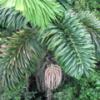



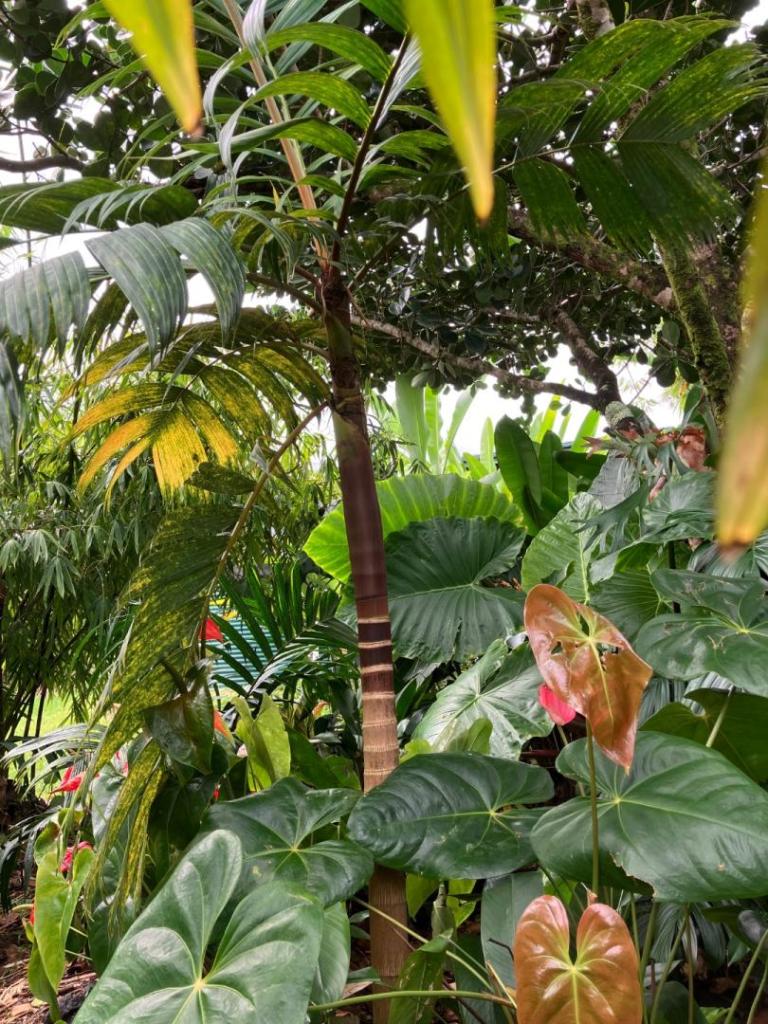
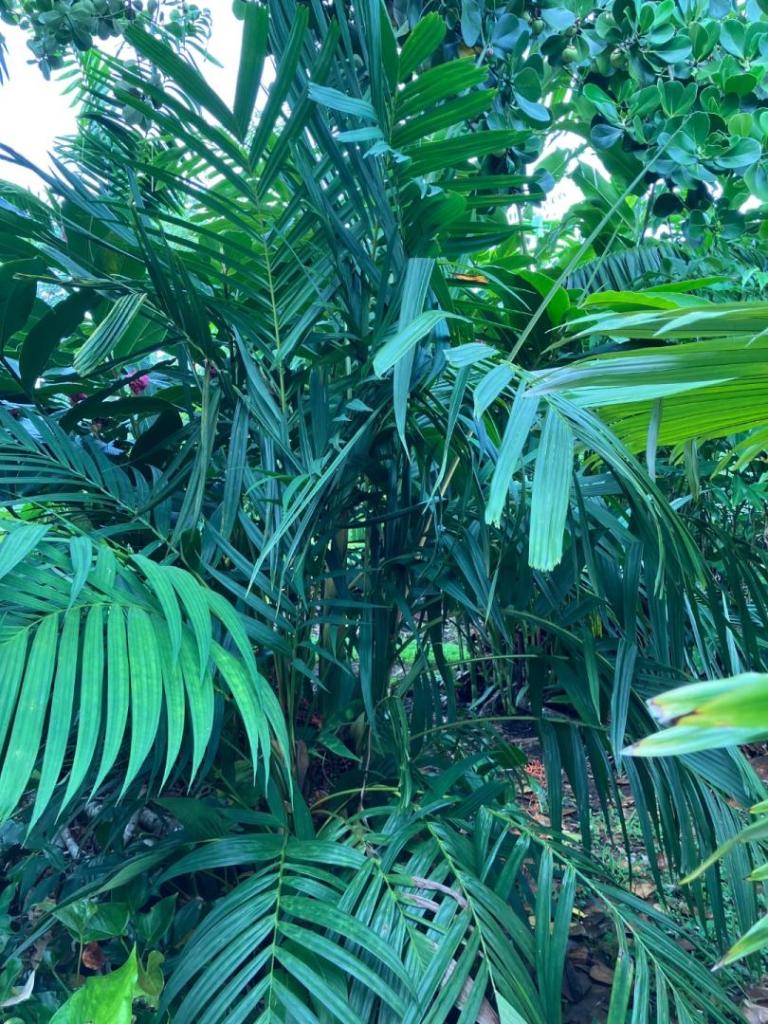





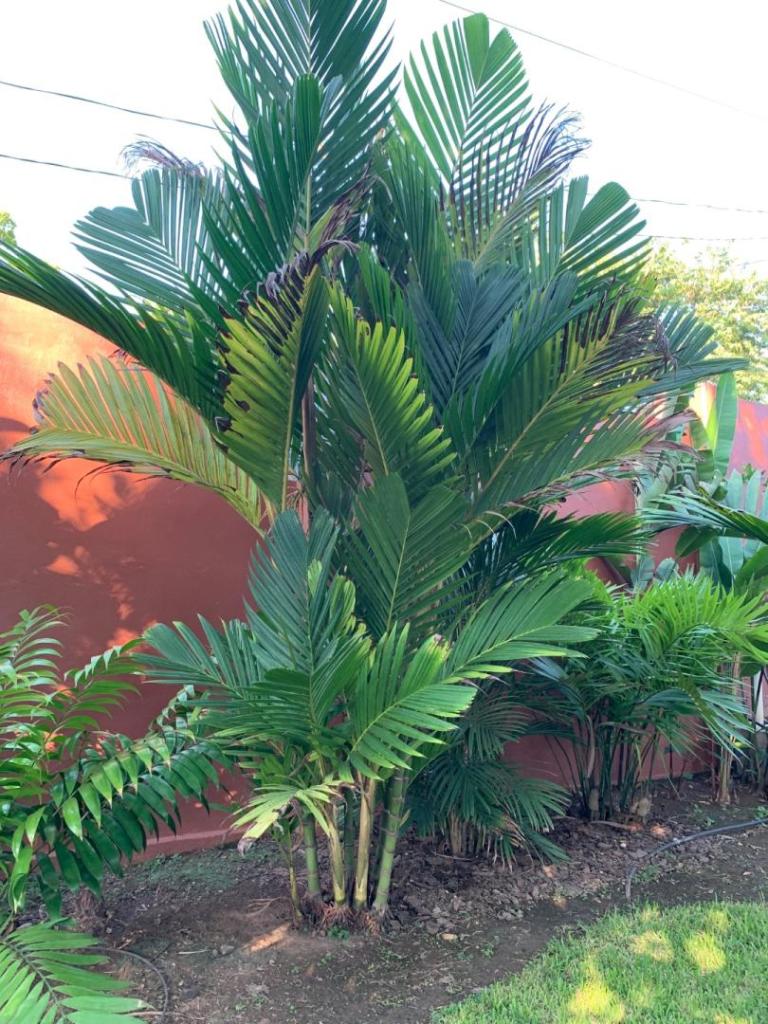



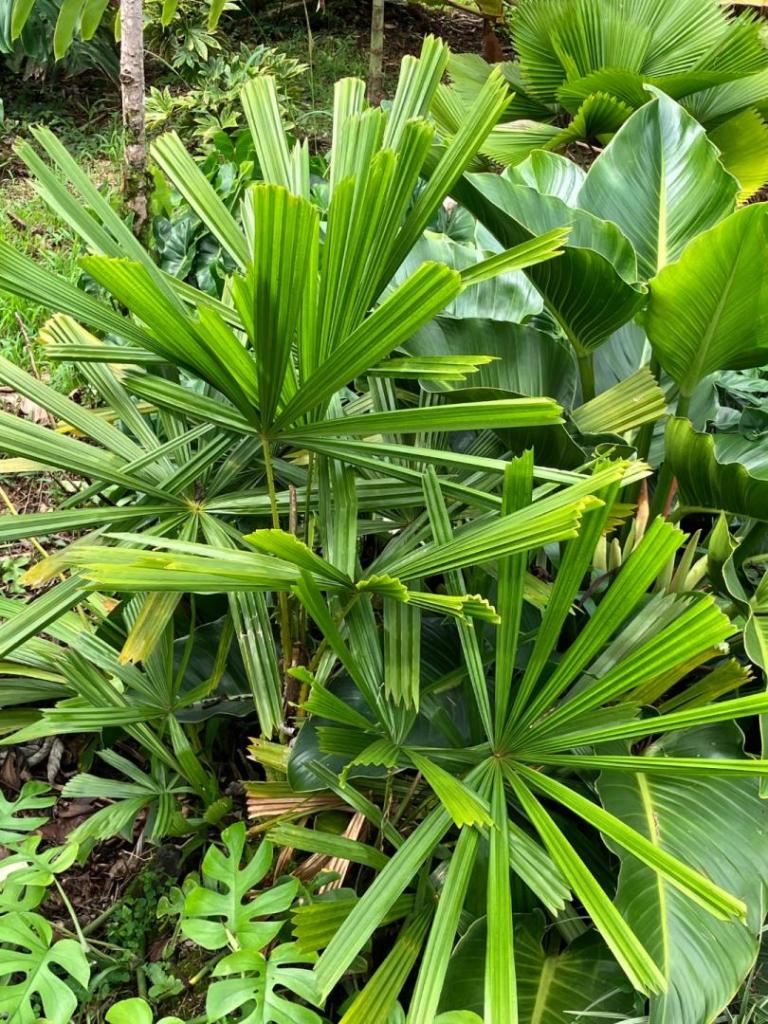

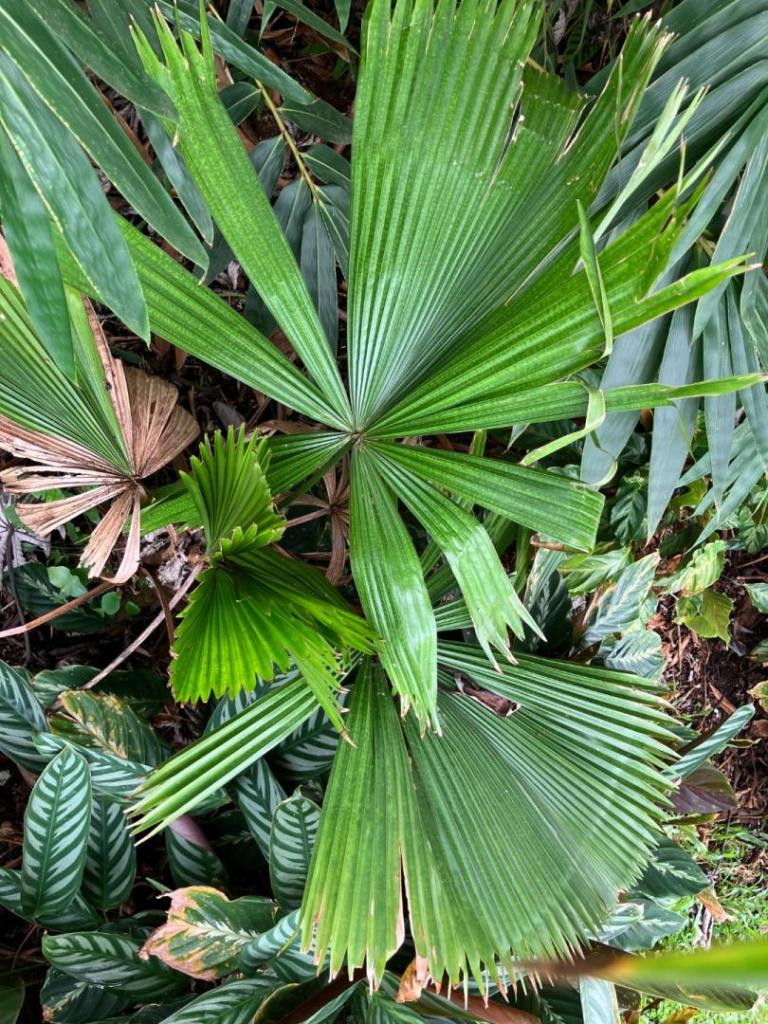
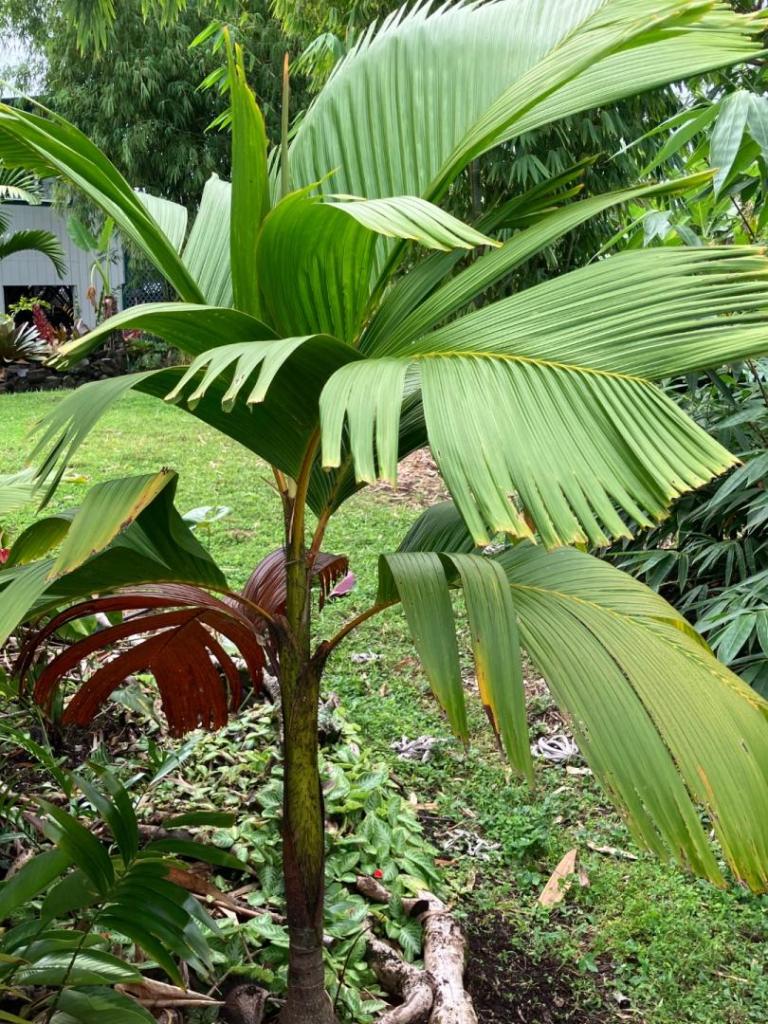
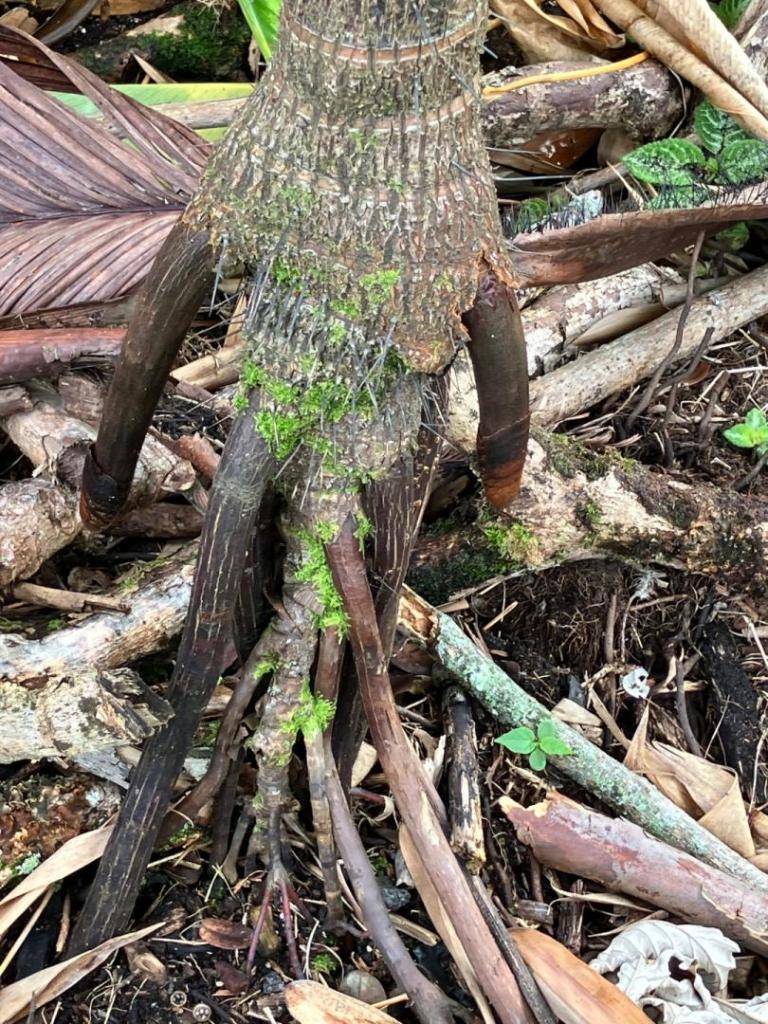




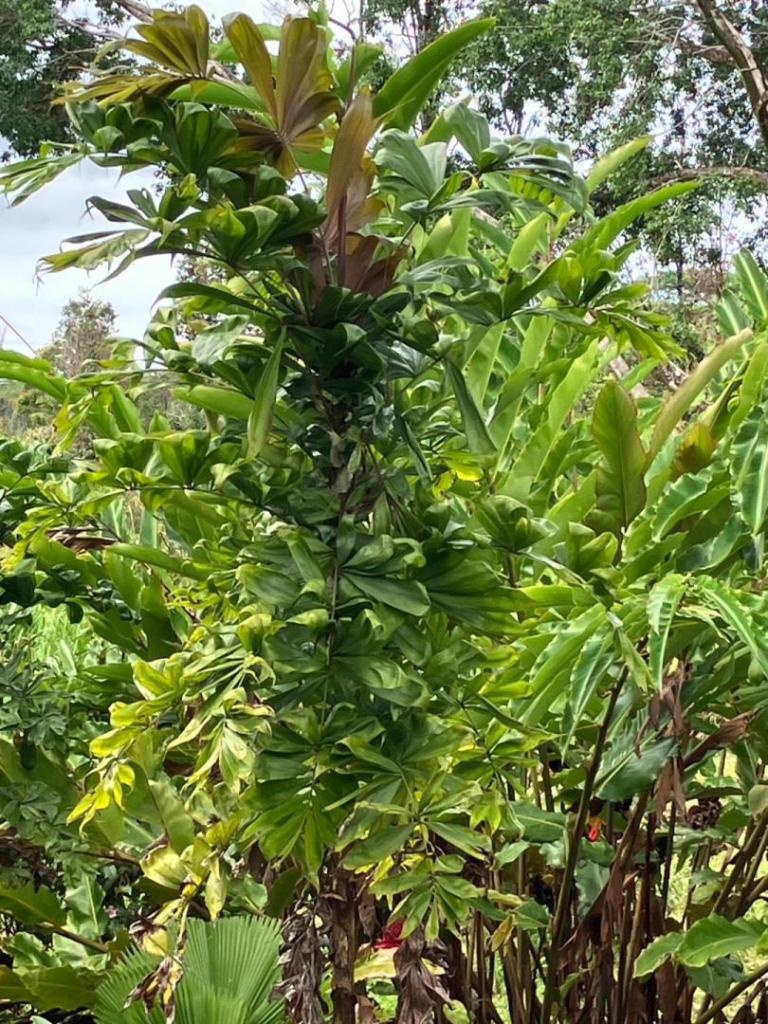
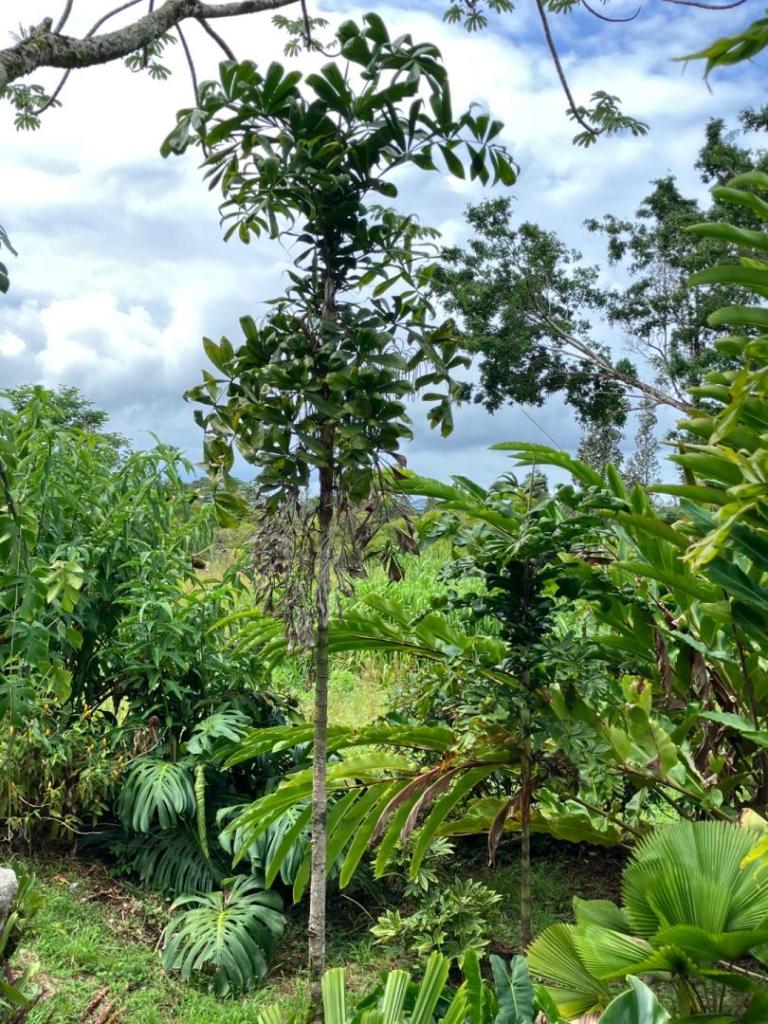





.jpg.f94858f00b74e823d80ea4a73b77c2d4.thumb.jpg.4af2ad7203105d5f800990788a16980a.jpg)


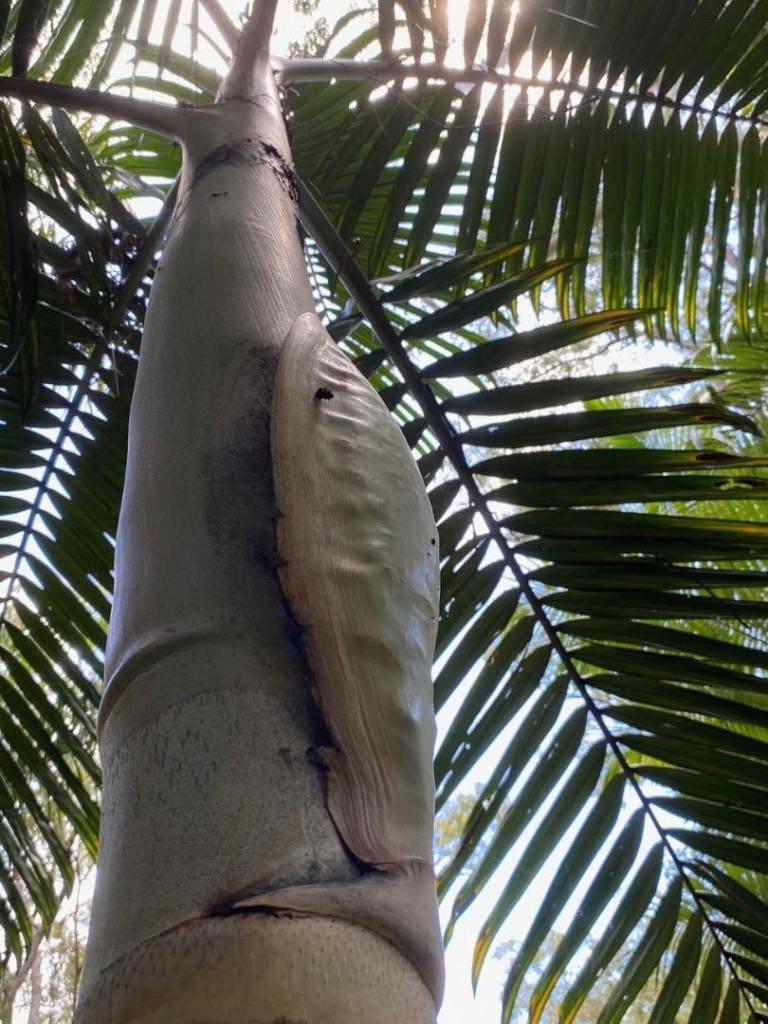

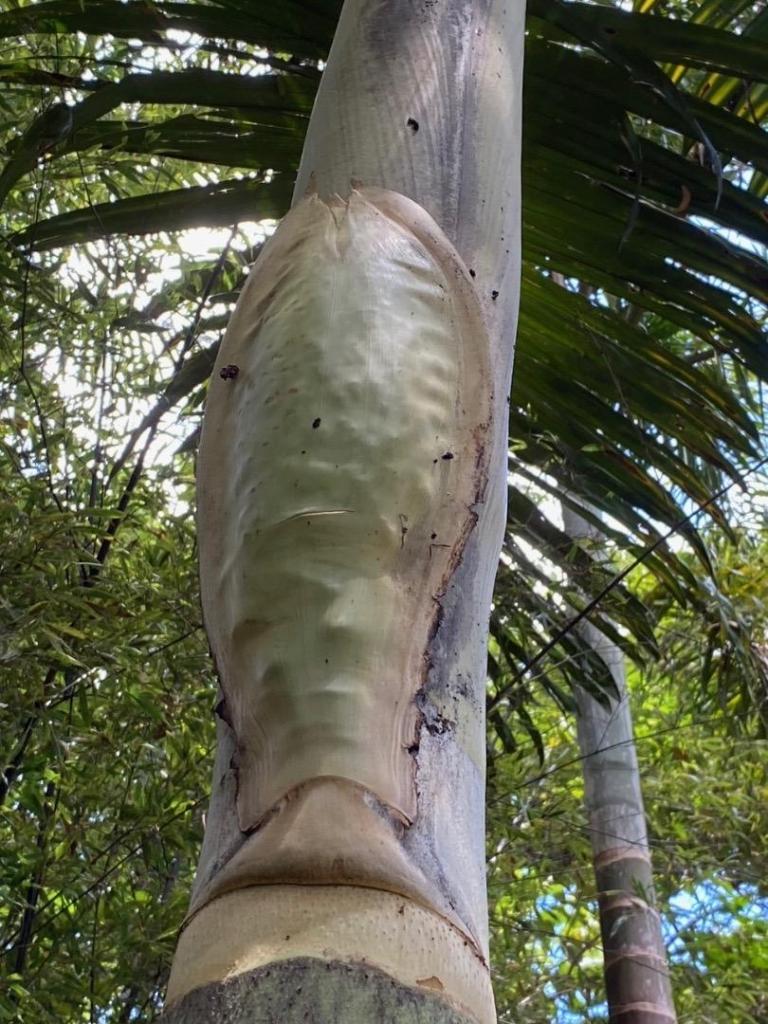
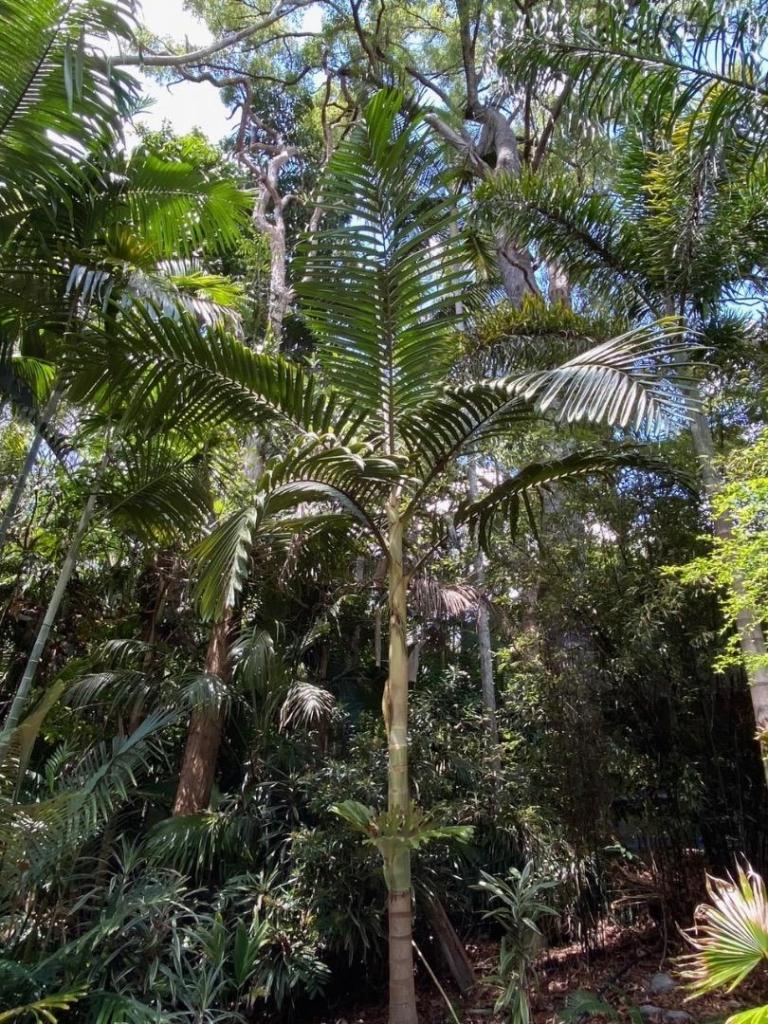

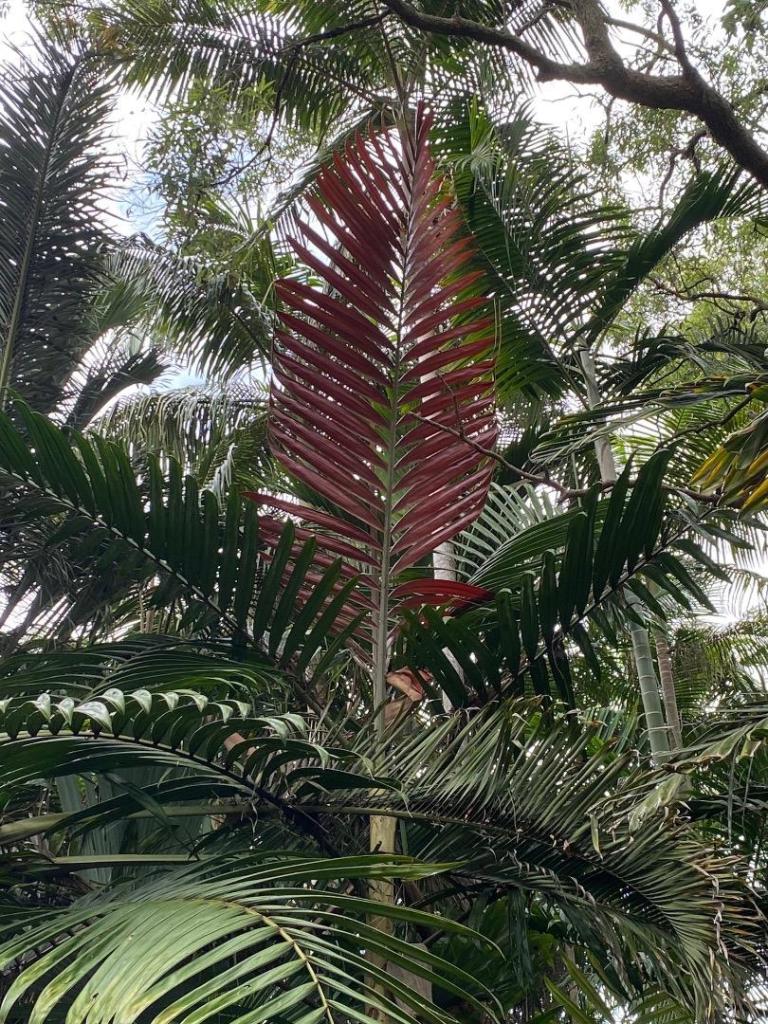



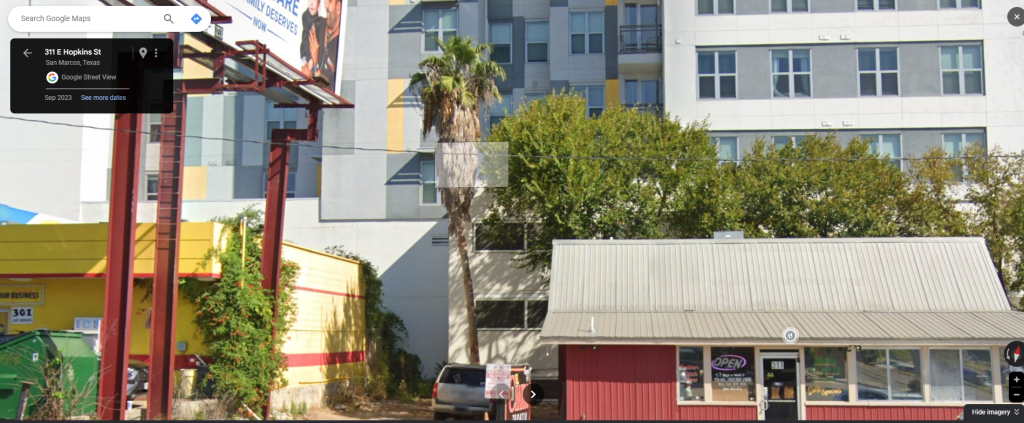
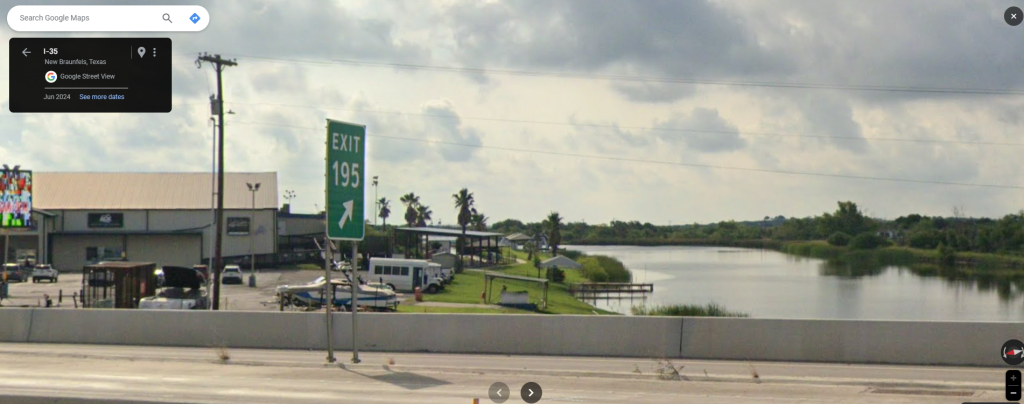
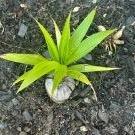





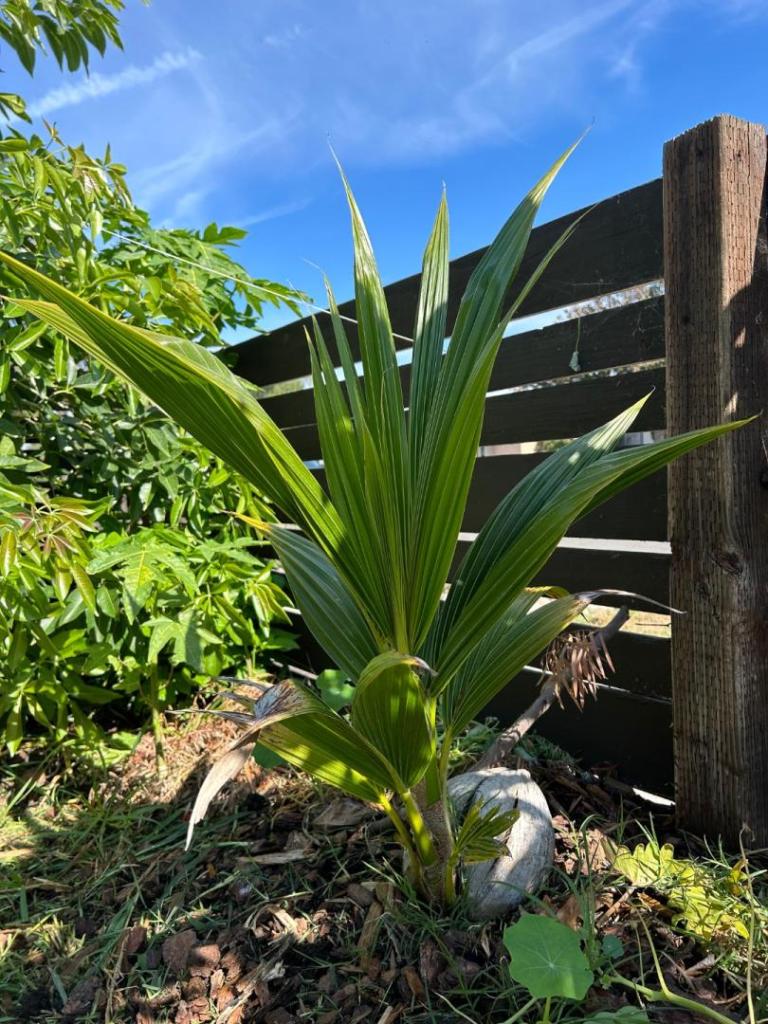
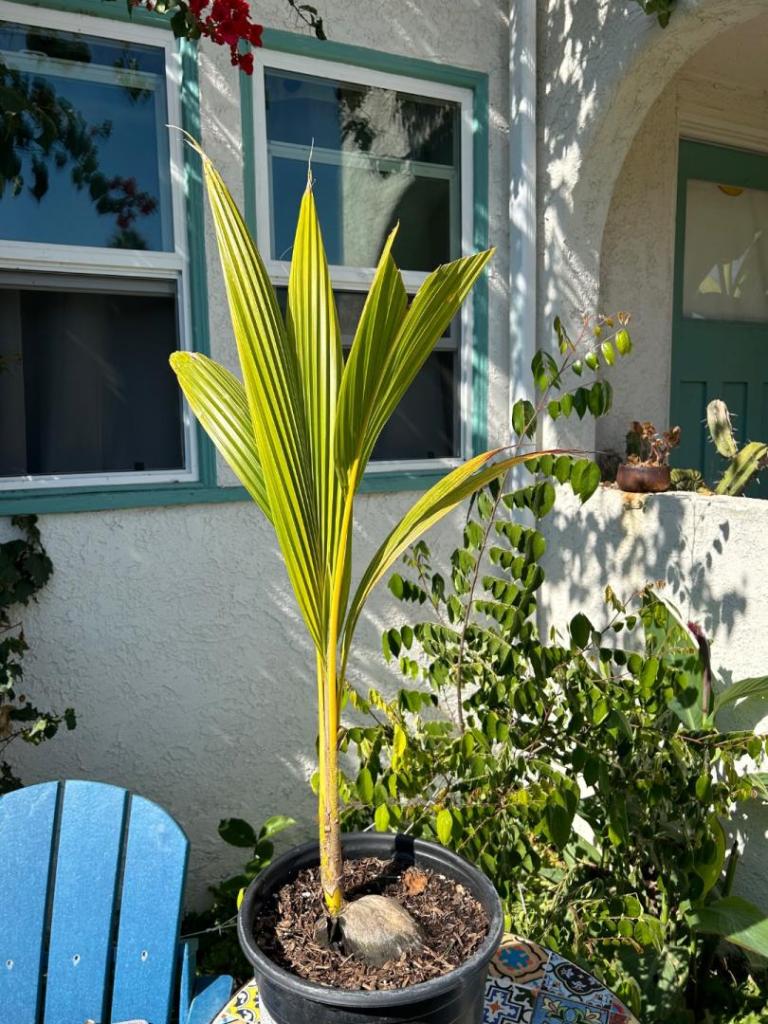
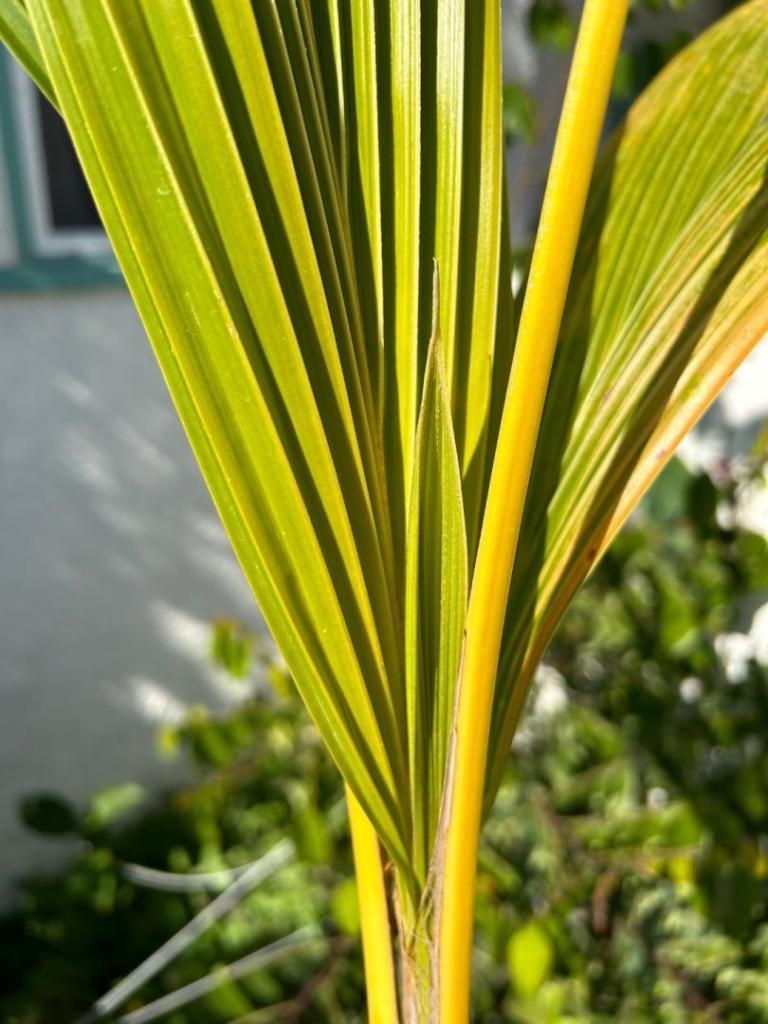




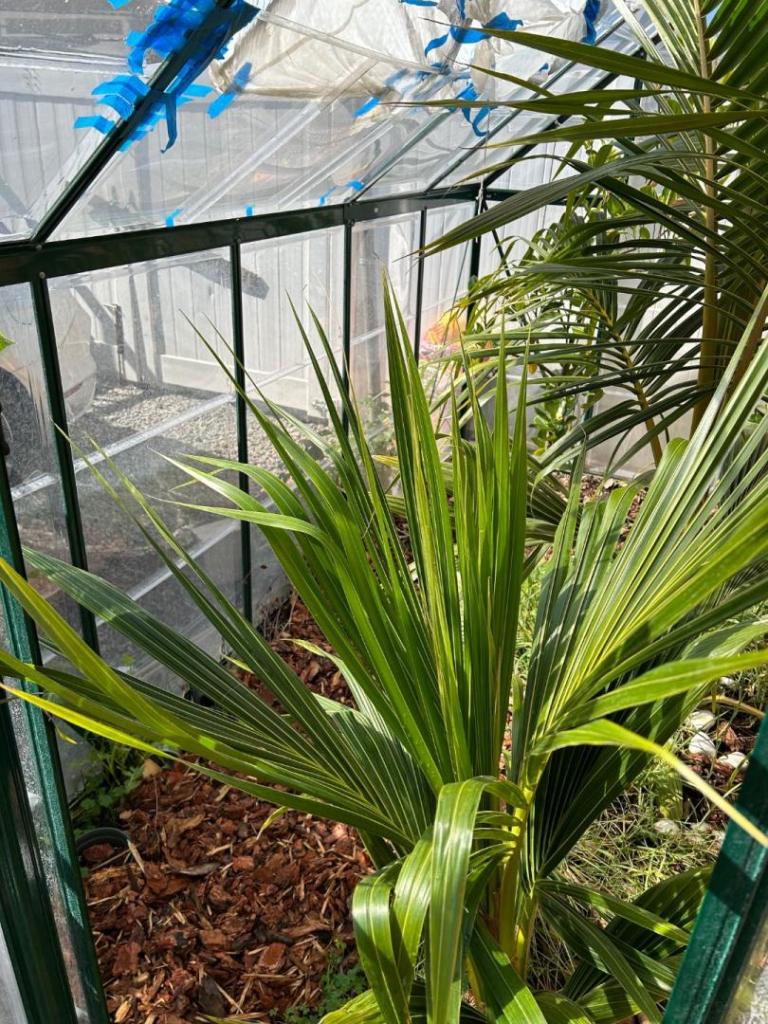

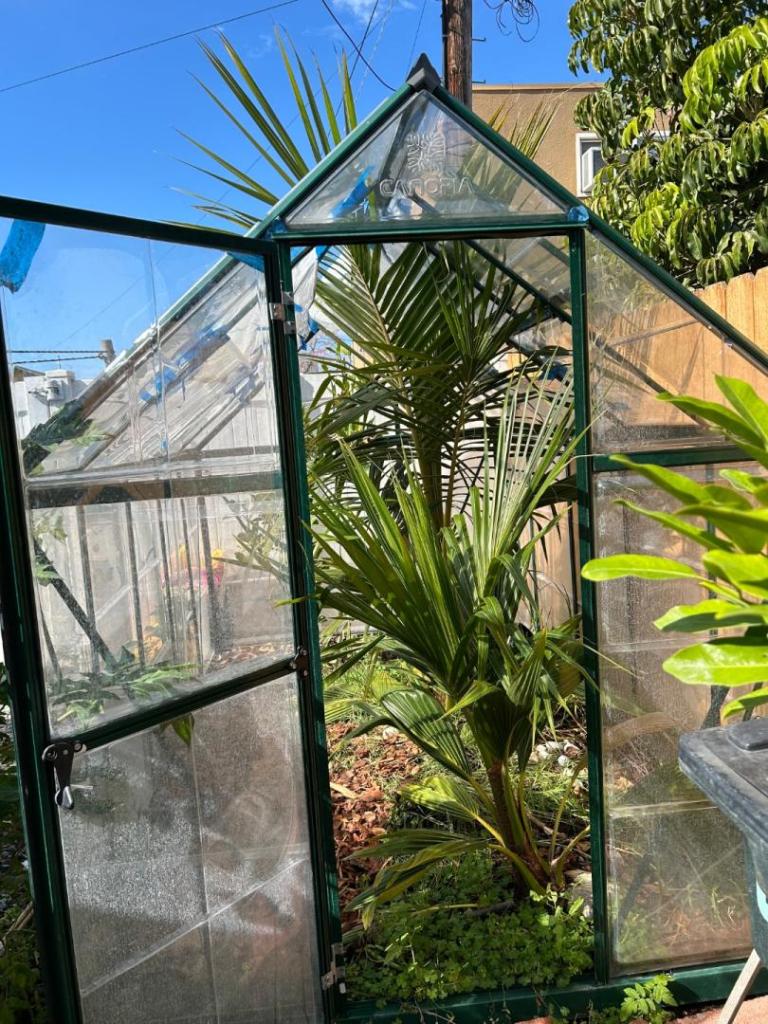
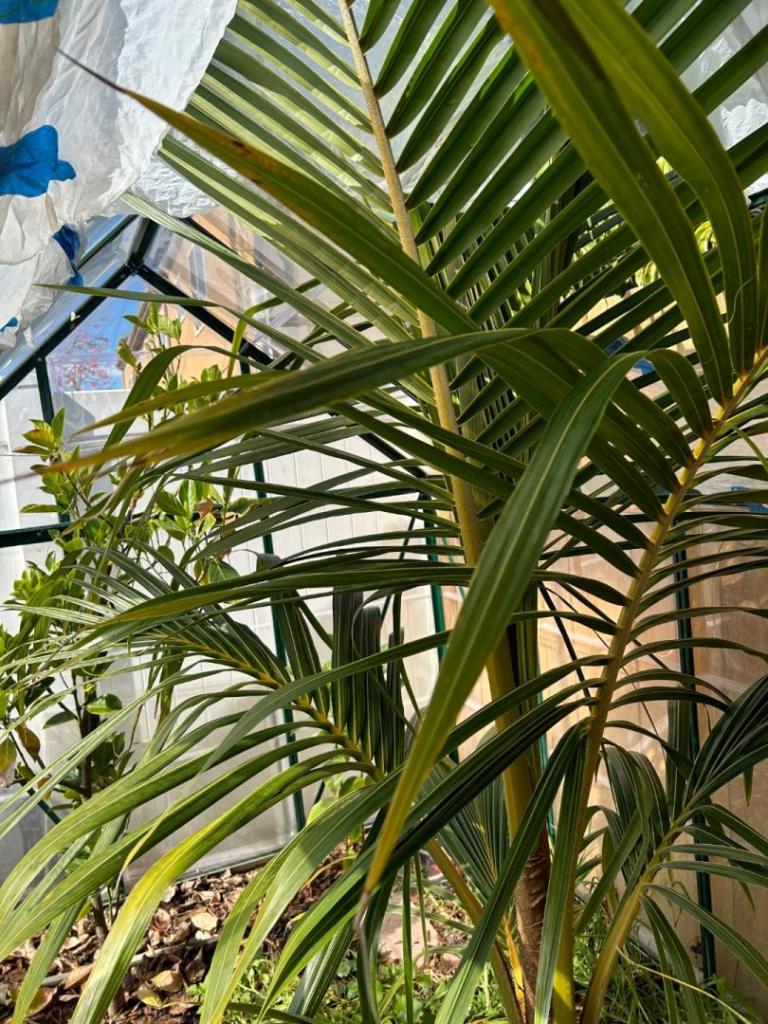

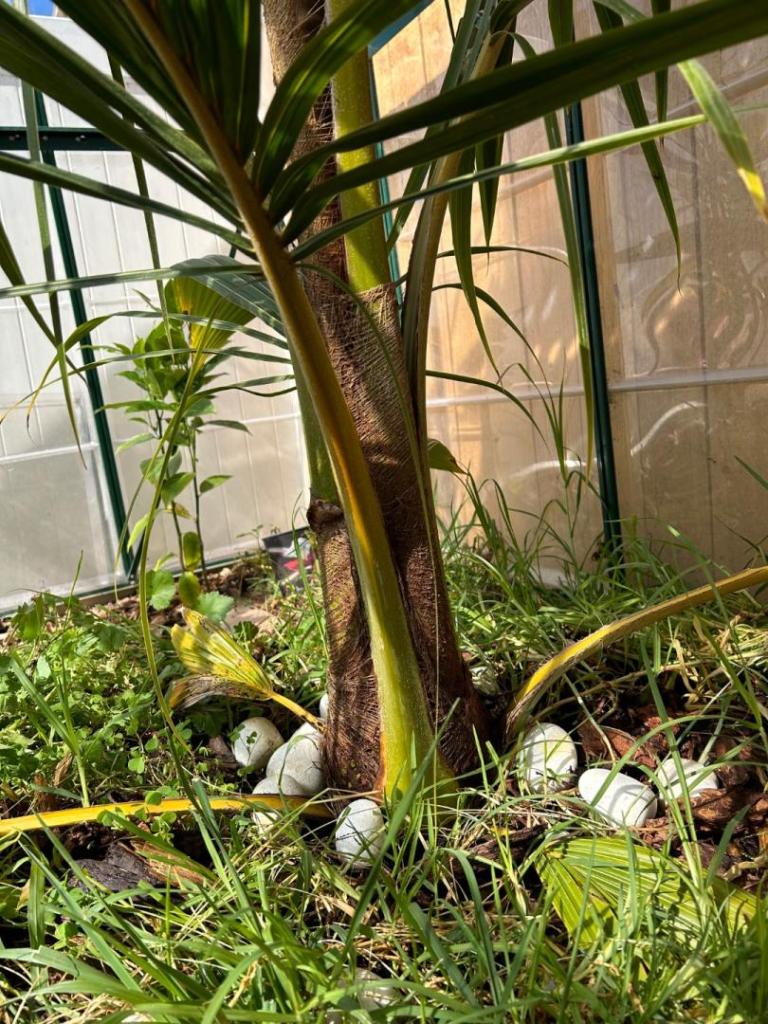

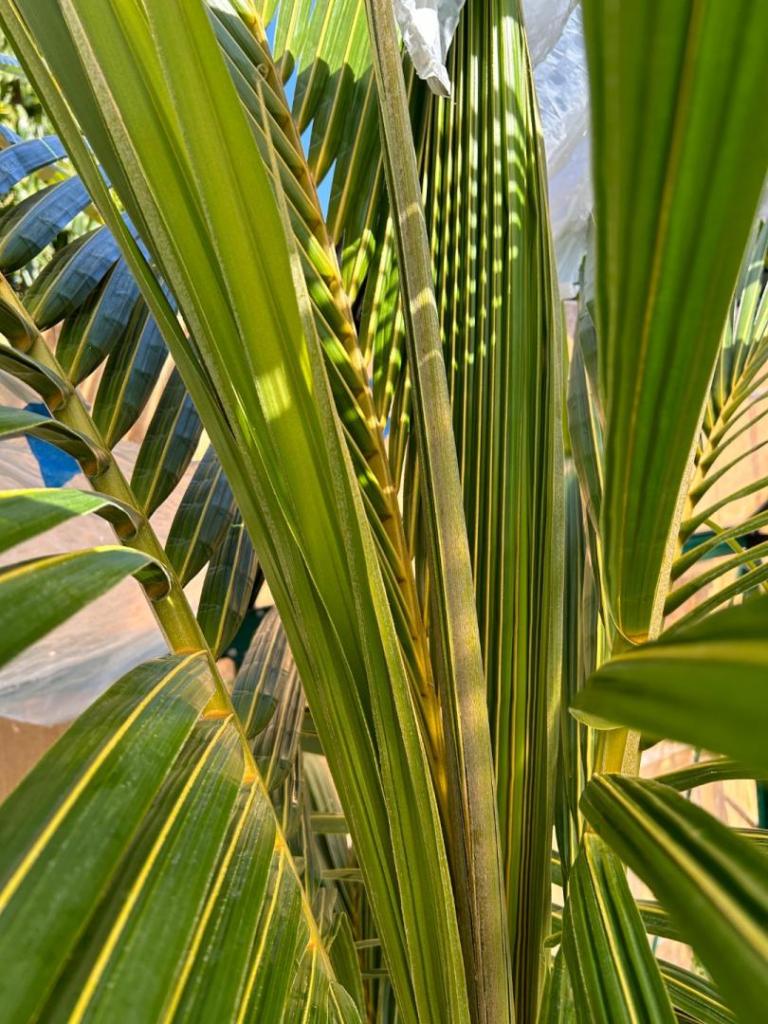

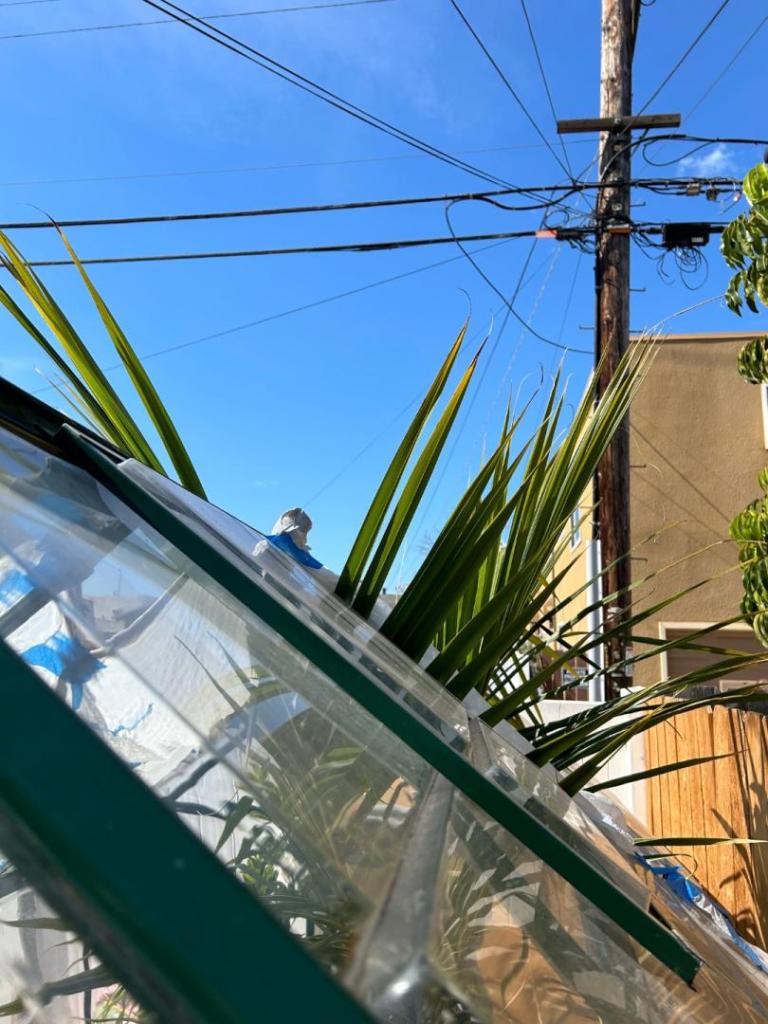

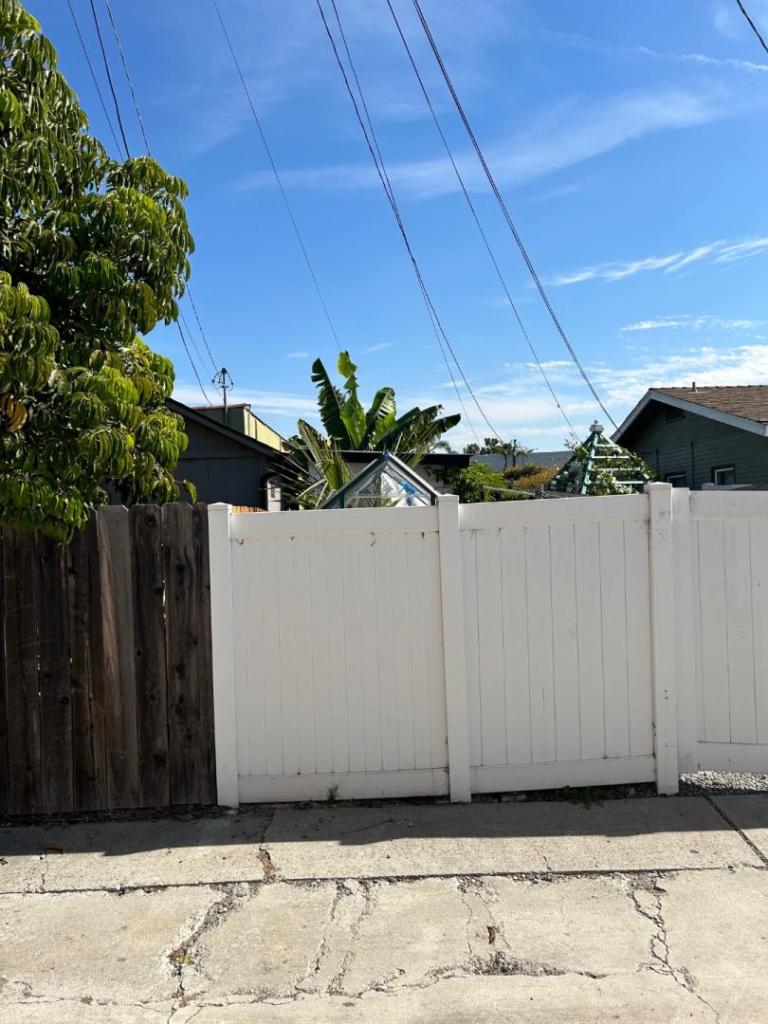
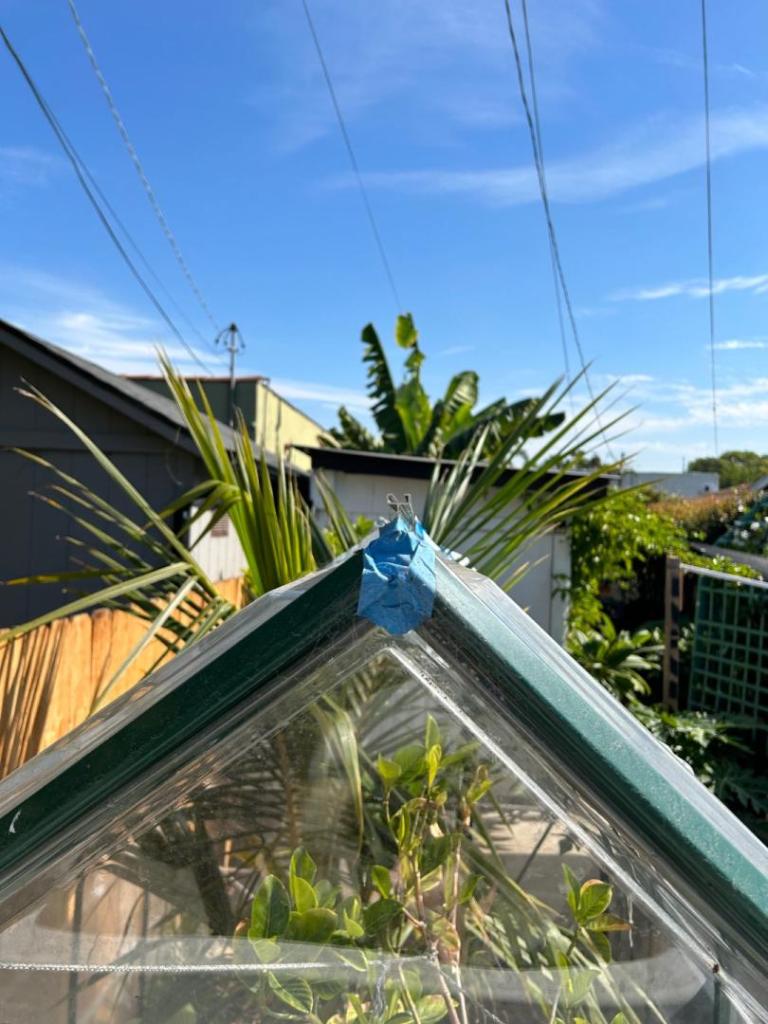







.thumb.jpg.304b32ca4398a111edf4ac525048111e.jpg)



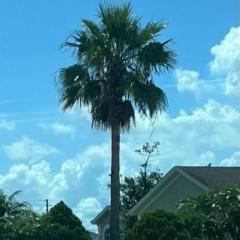




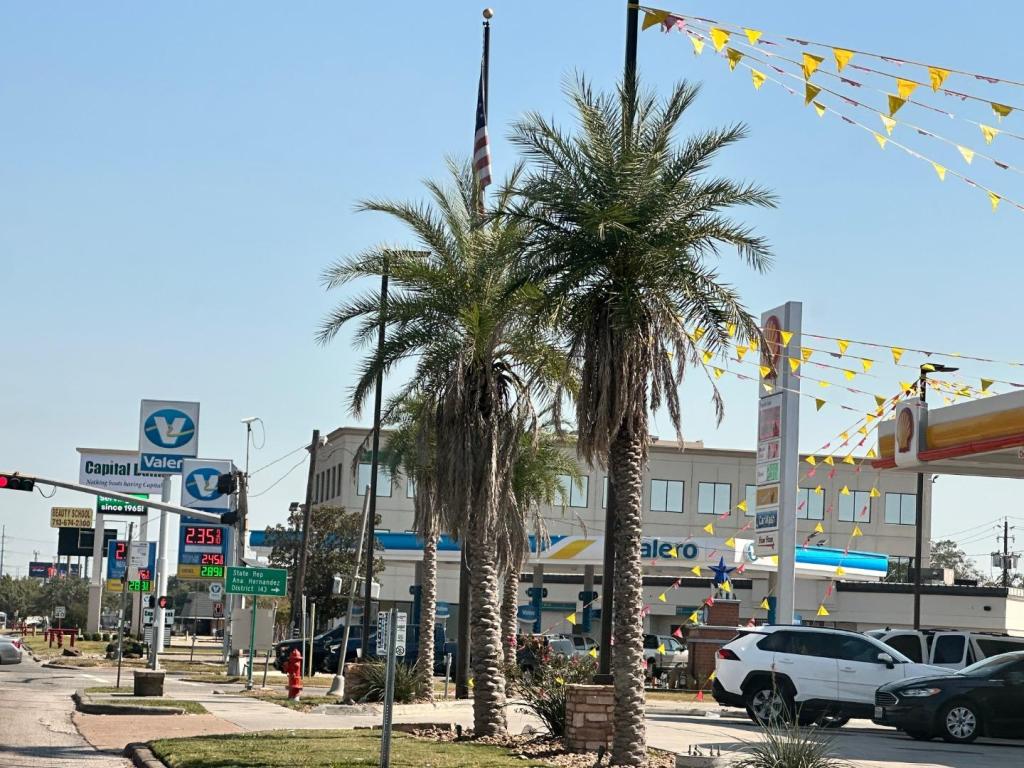

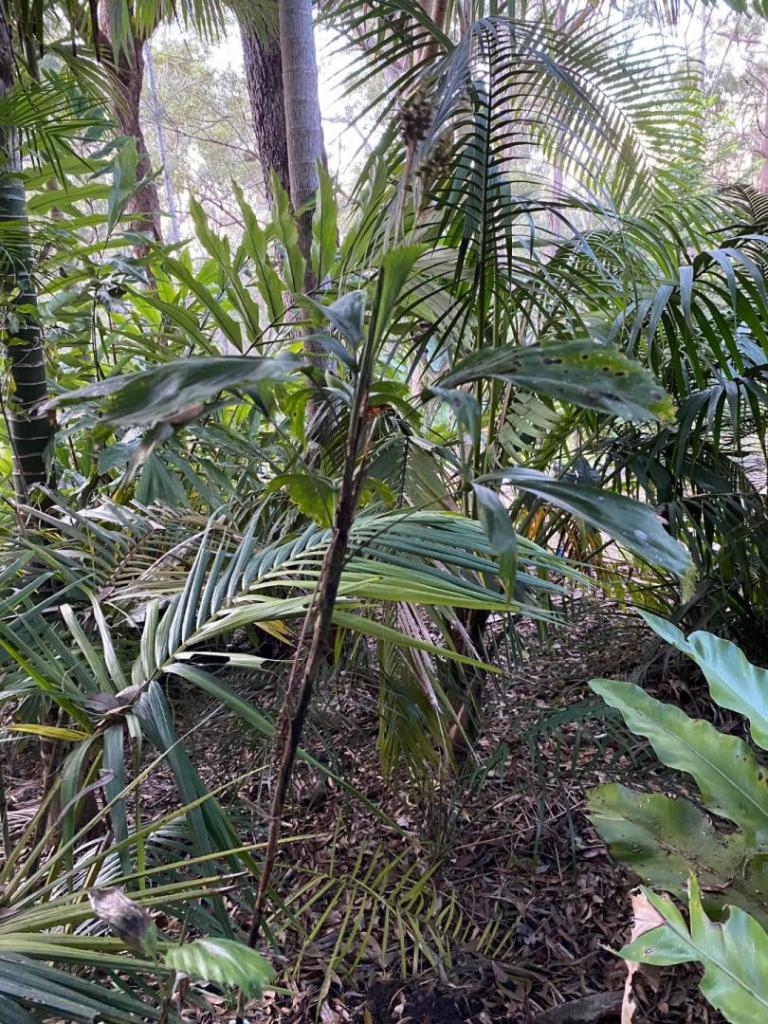
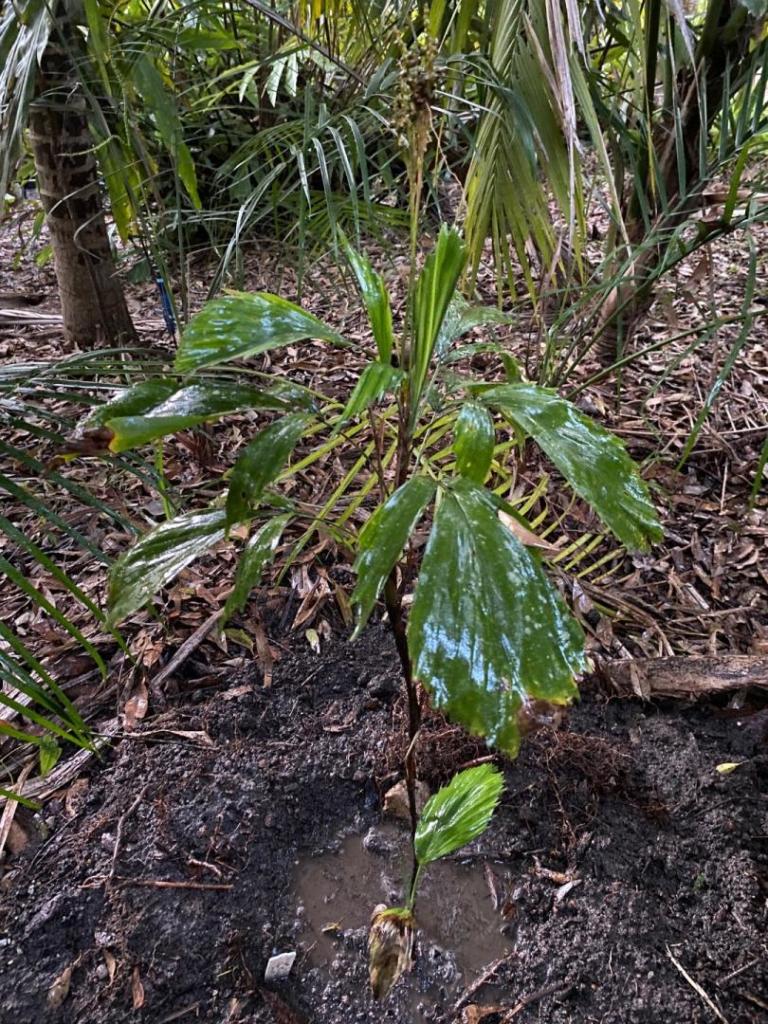








.thumb.jpg.0527eab1a1fc718e81251fee60dc1be0.jpg)


